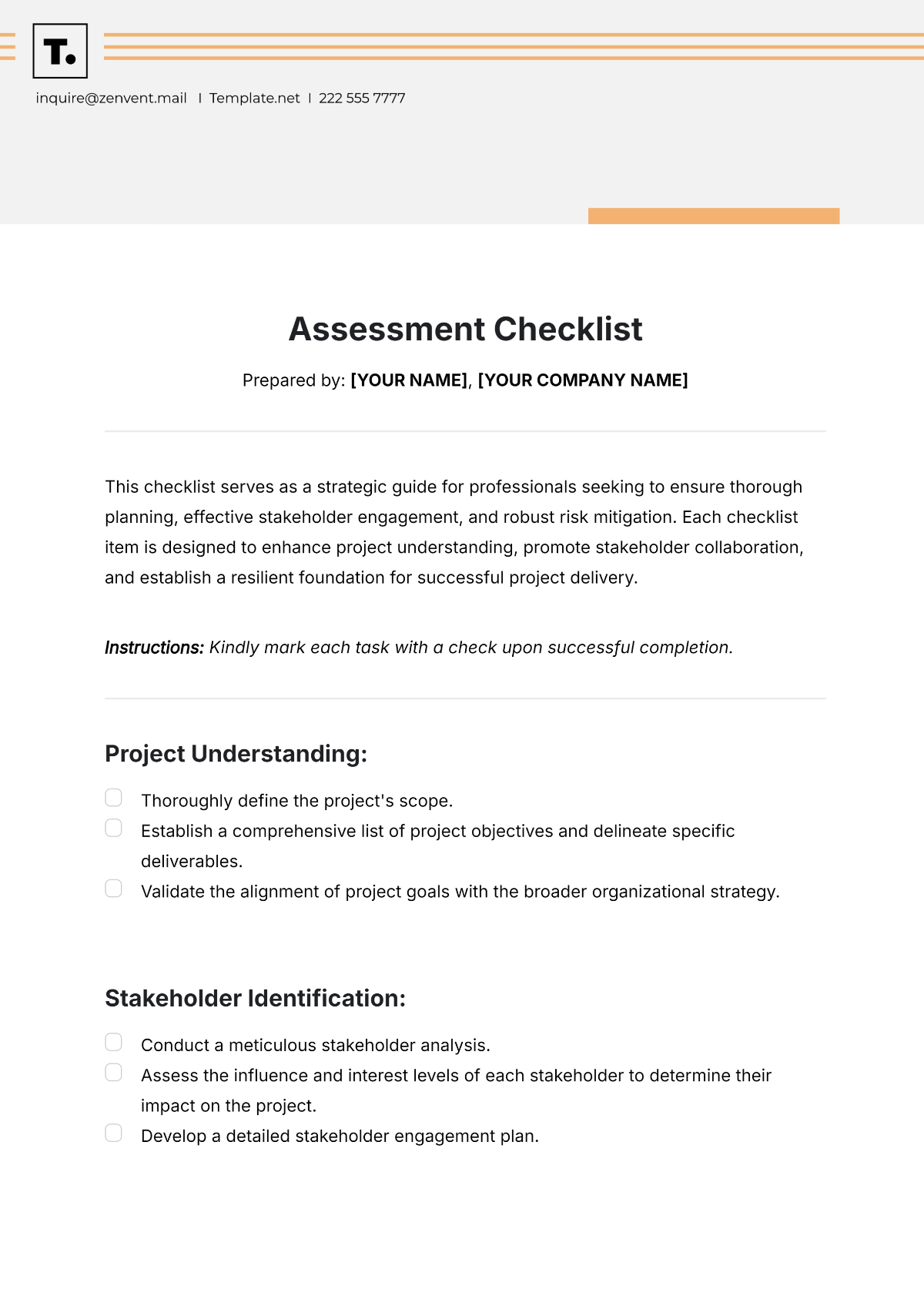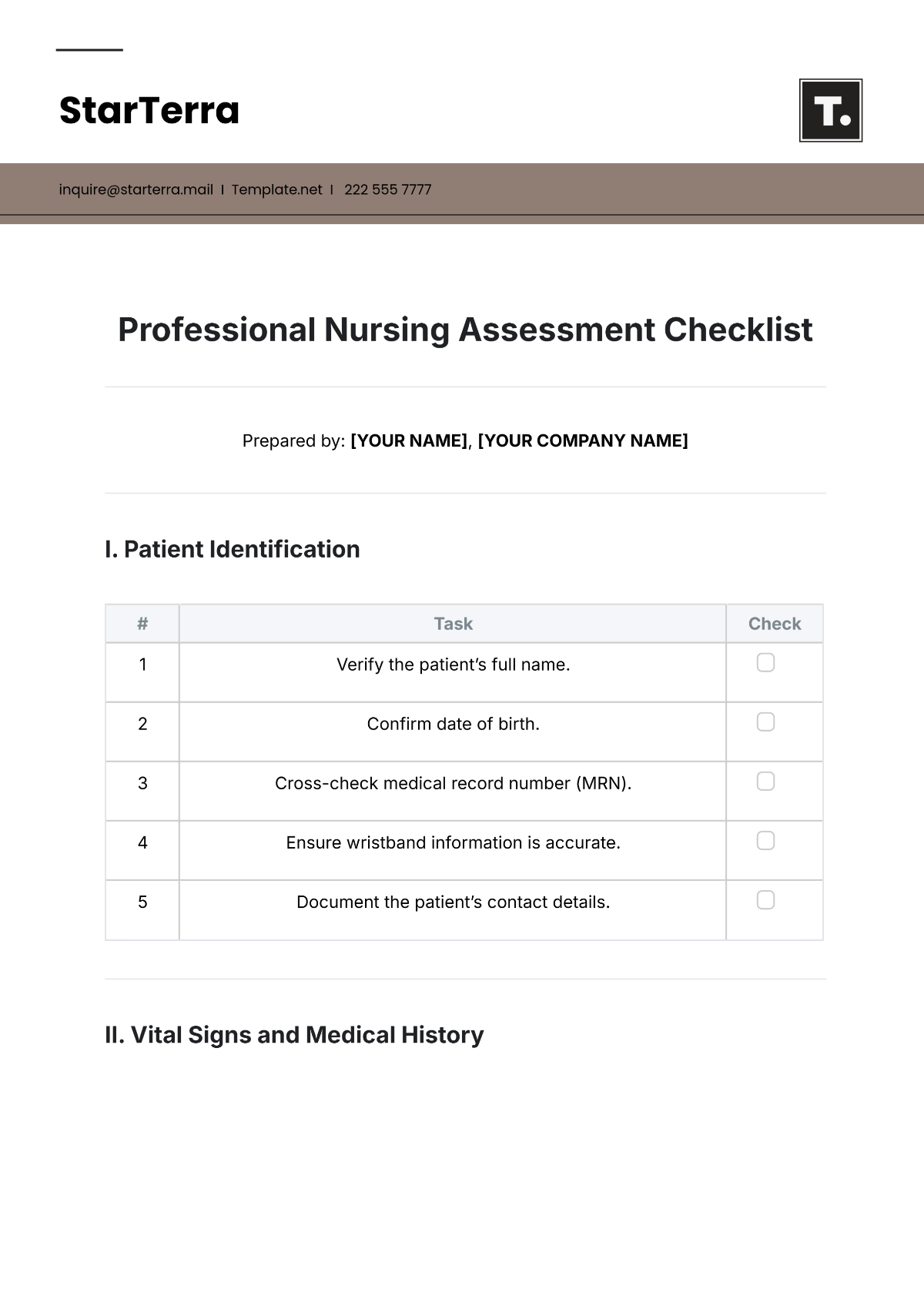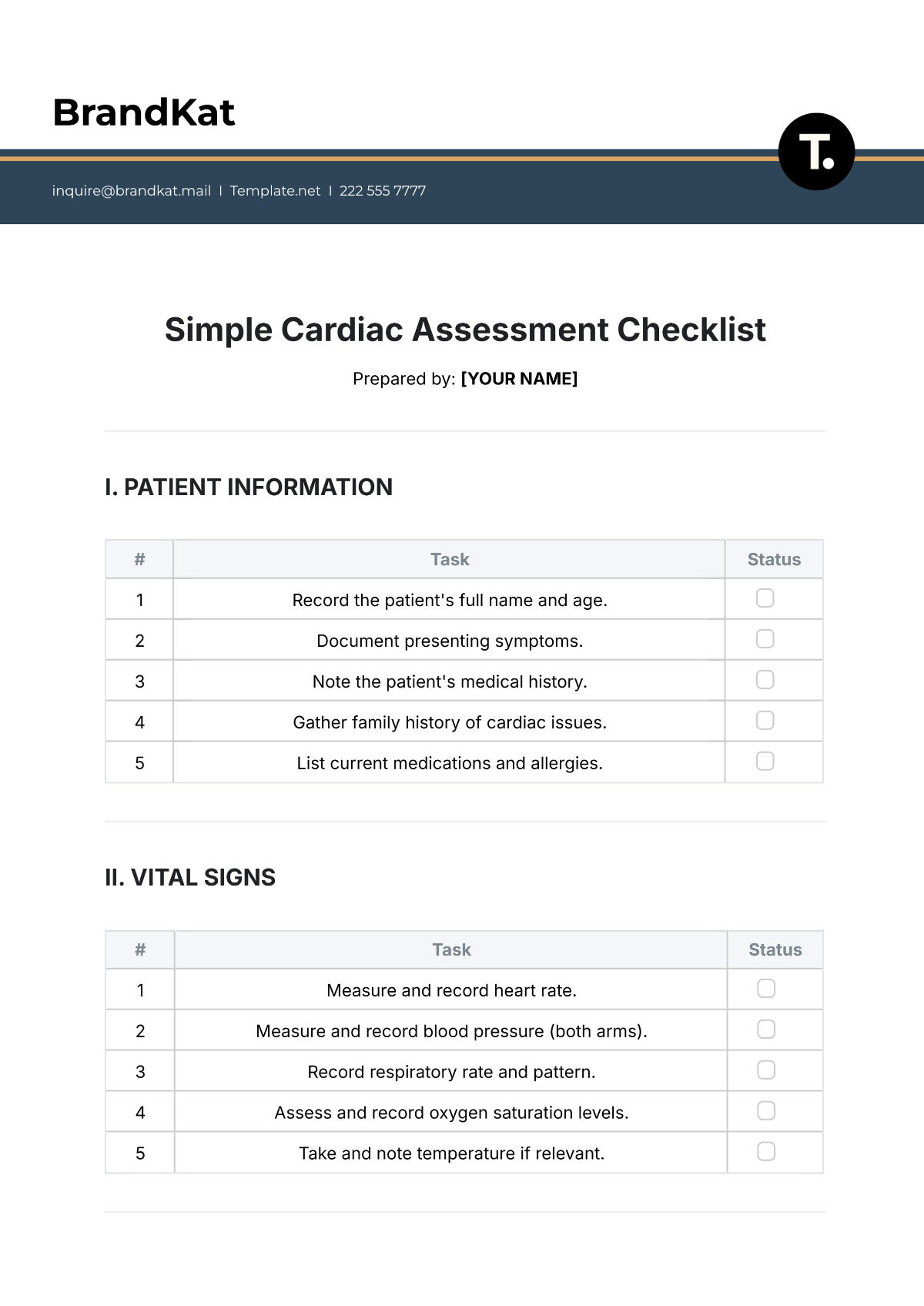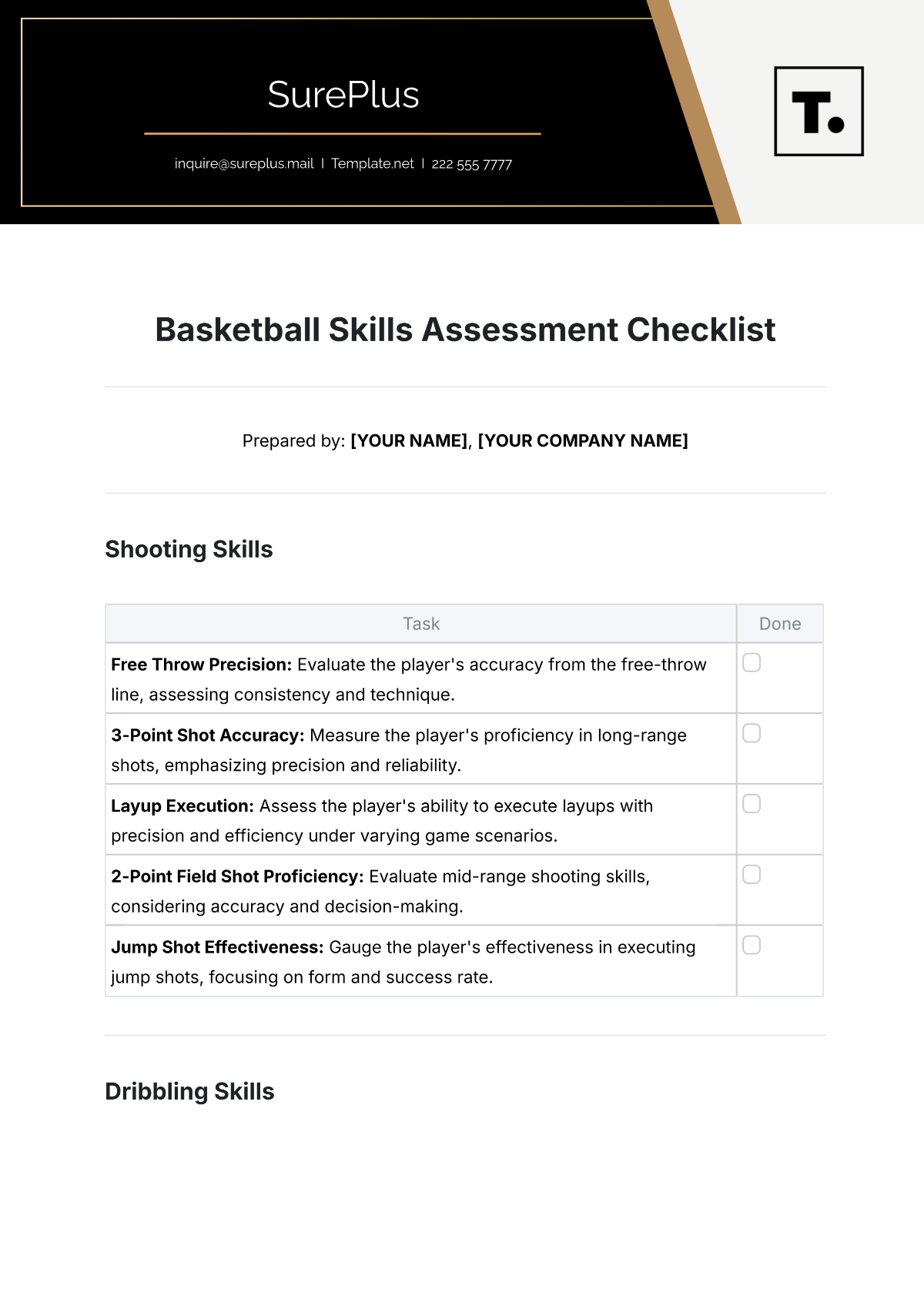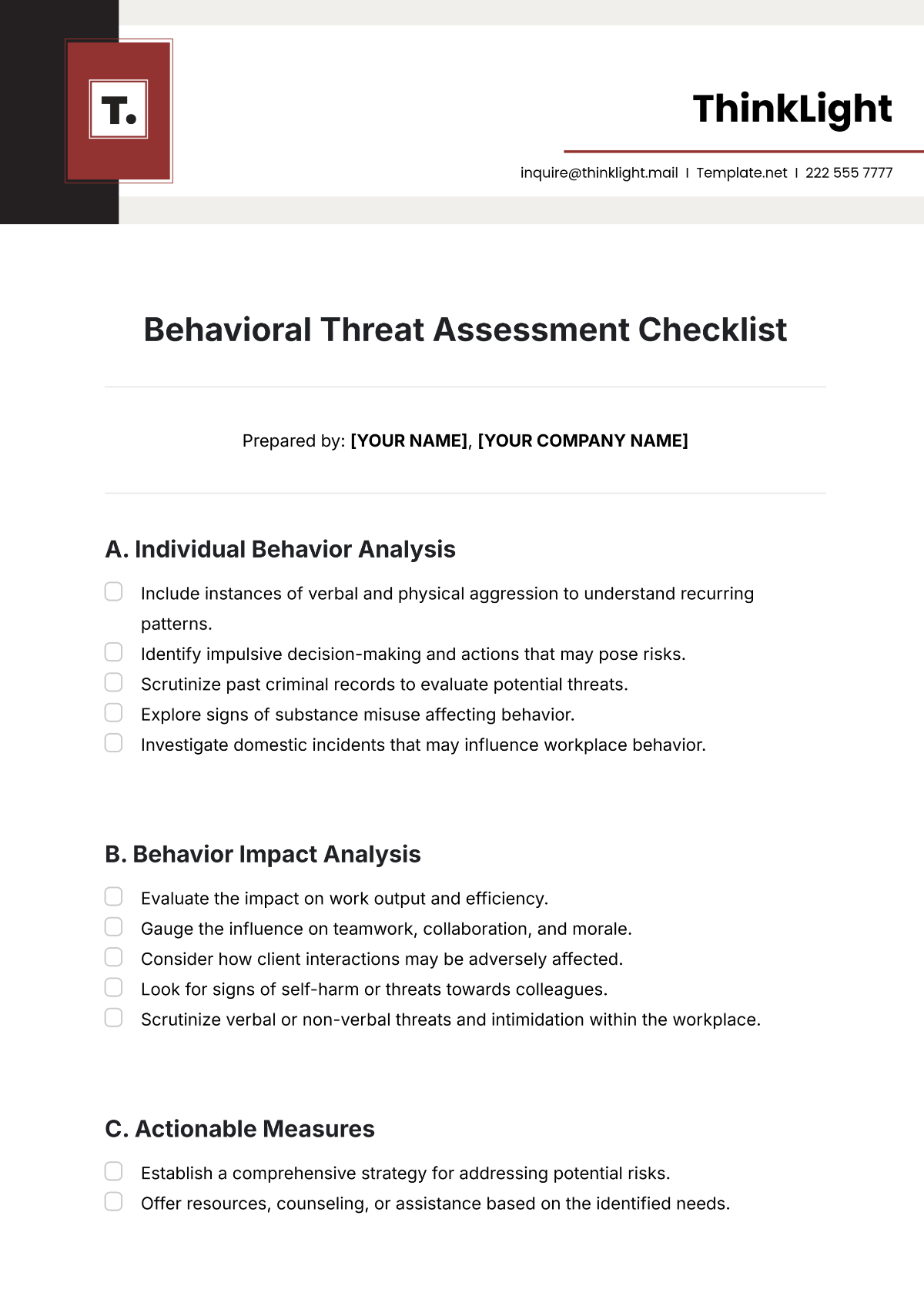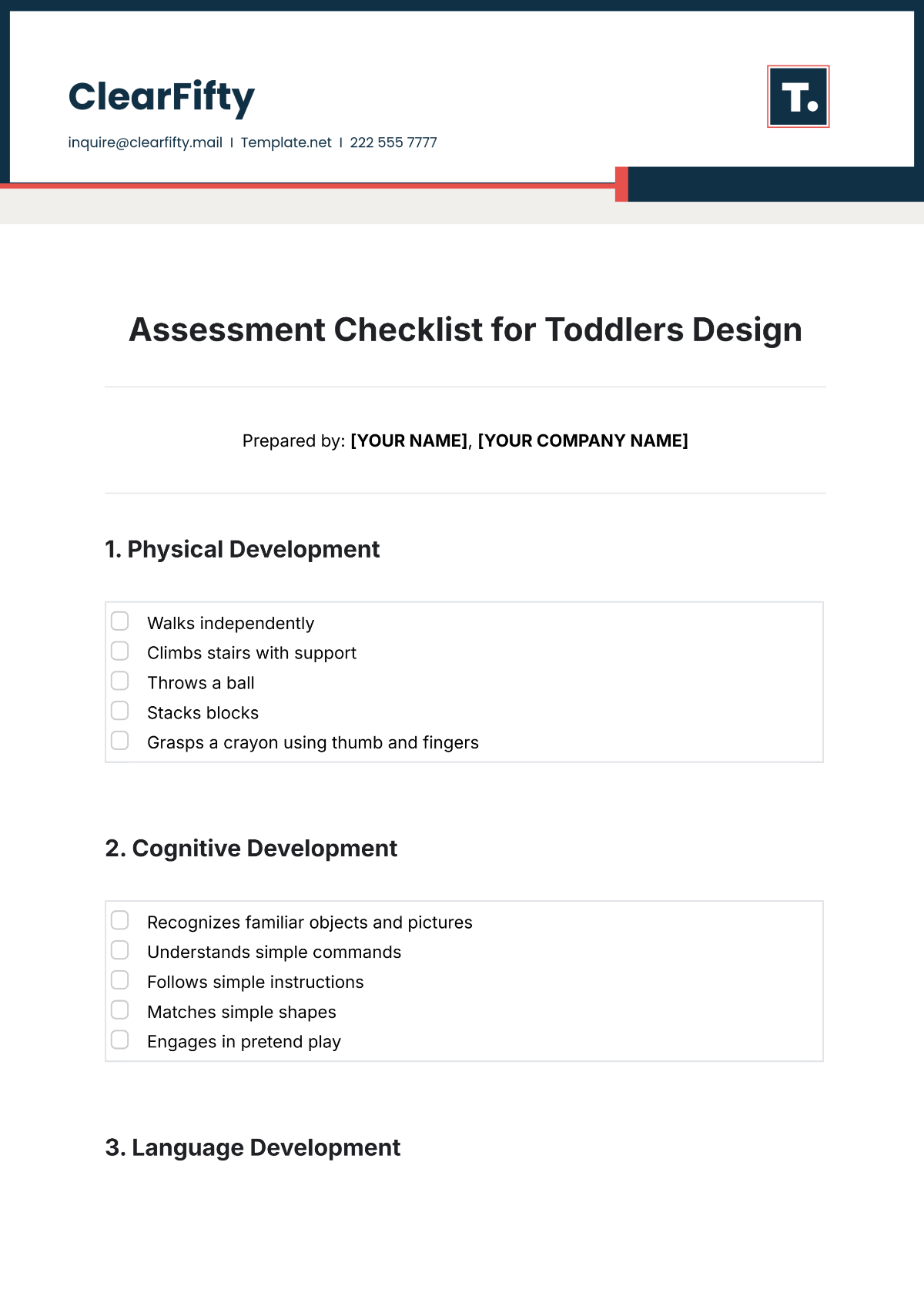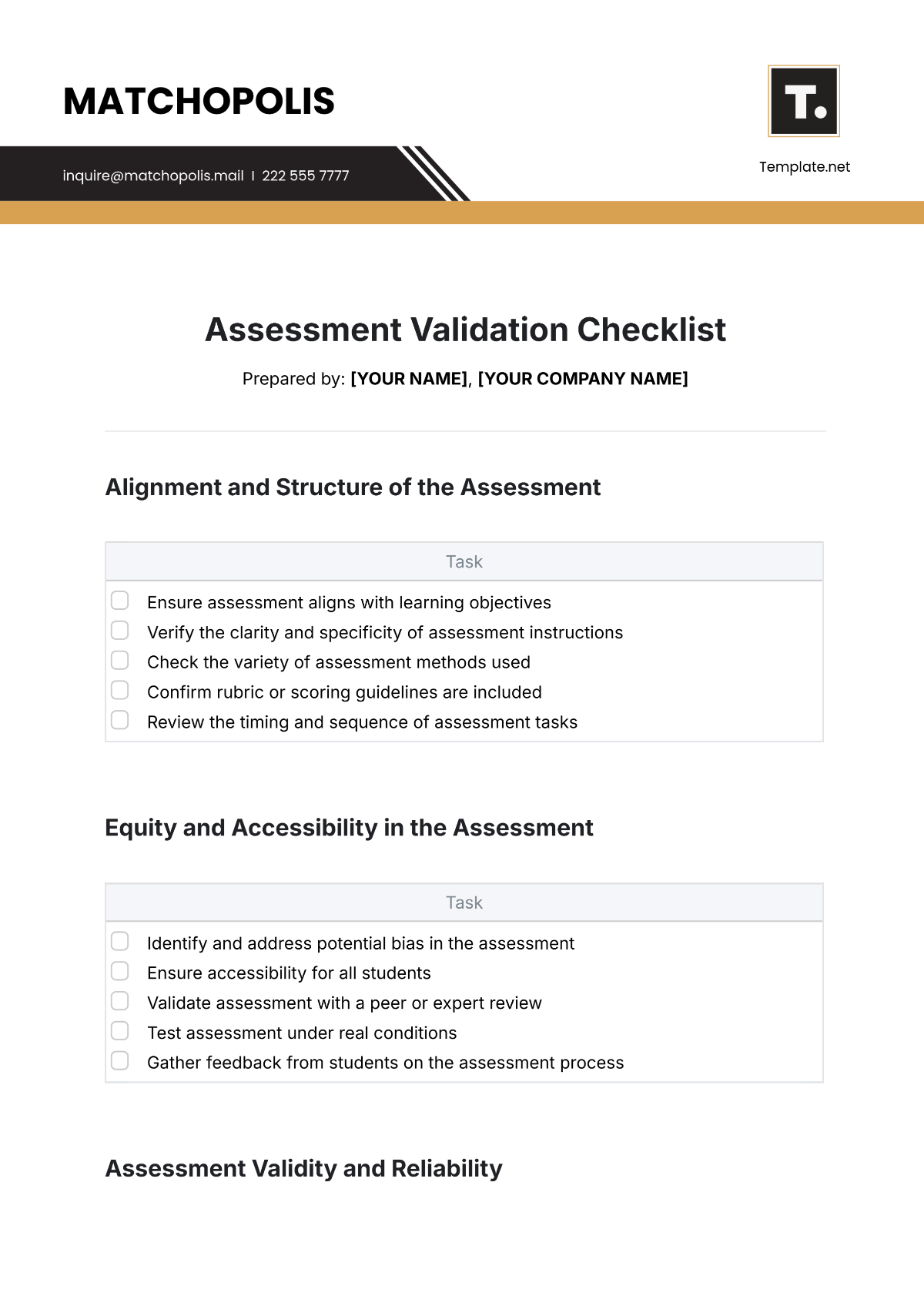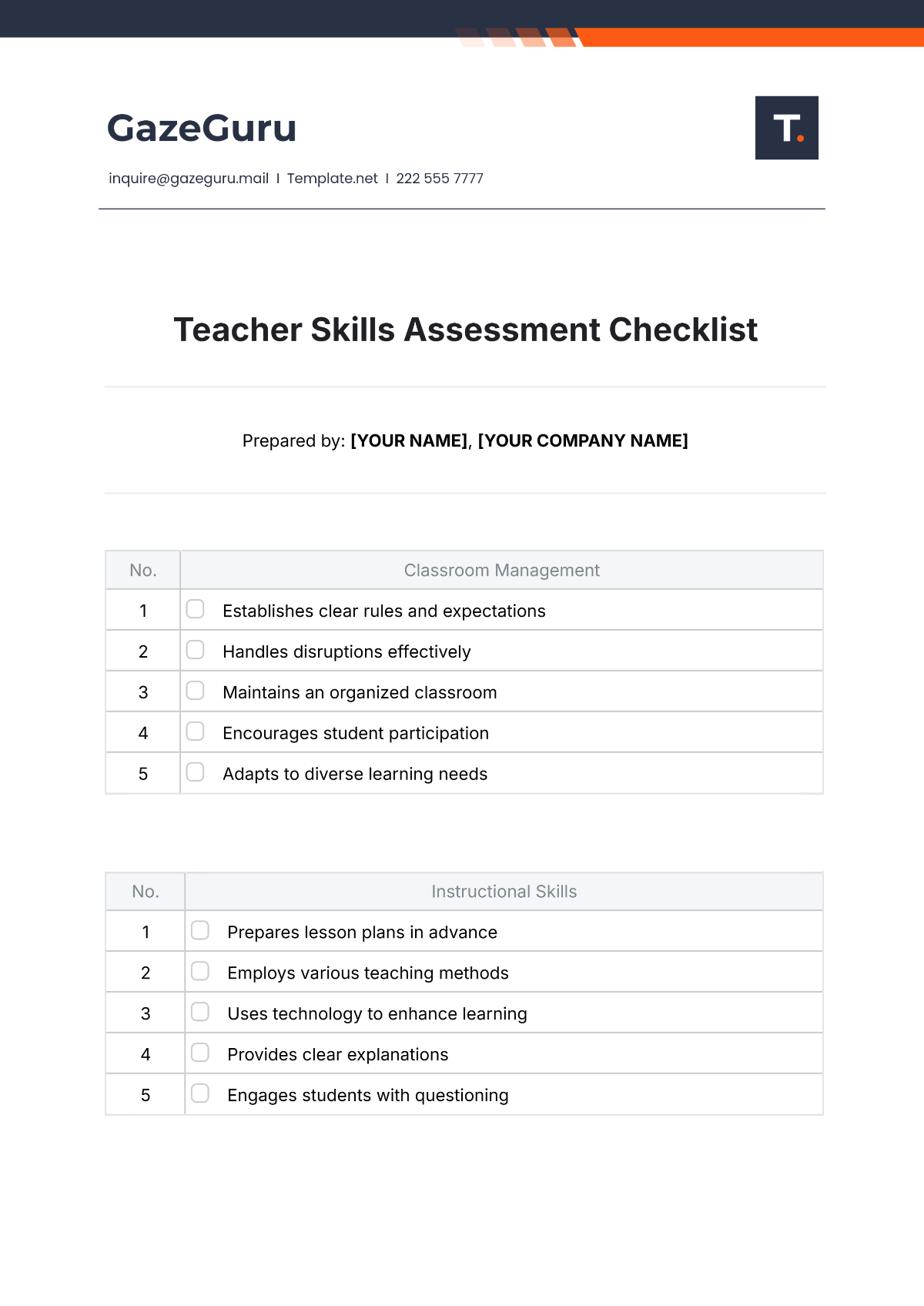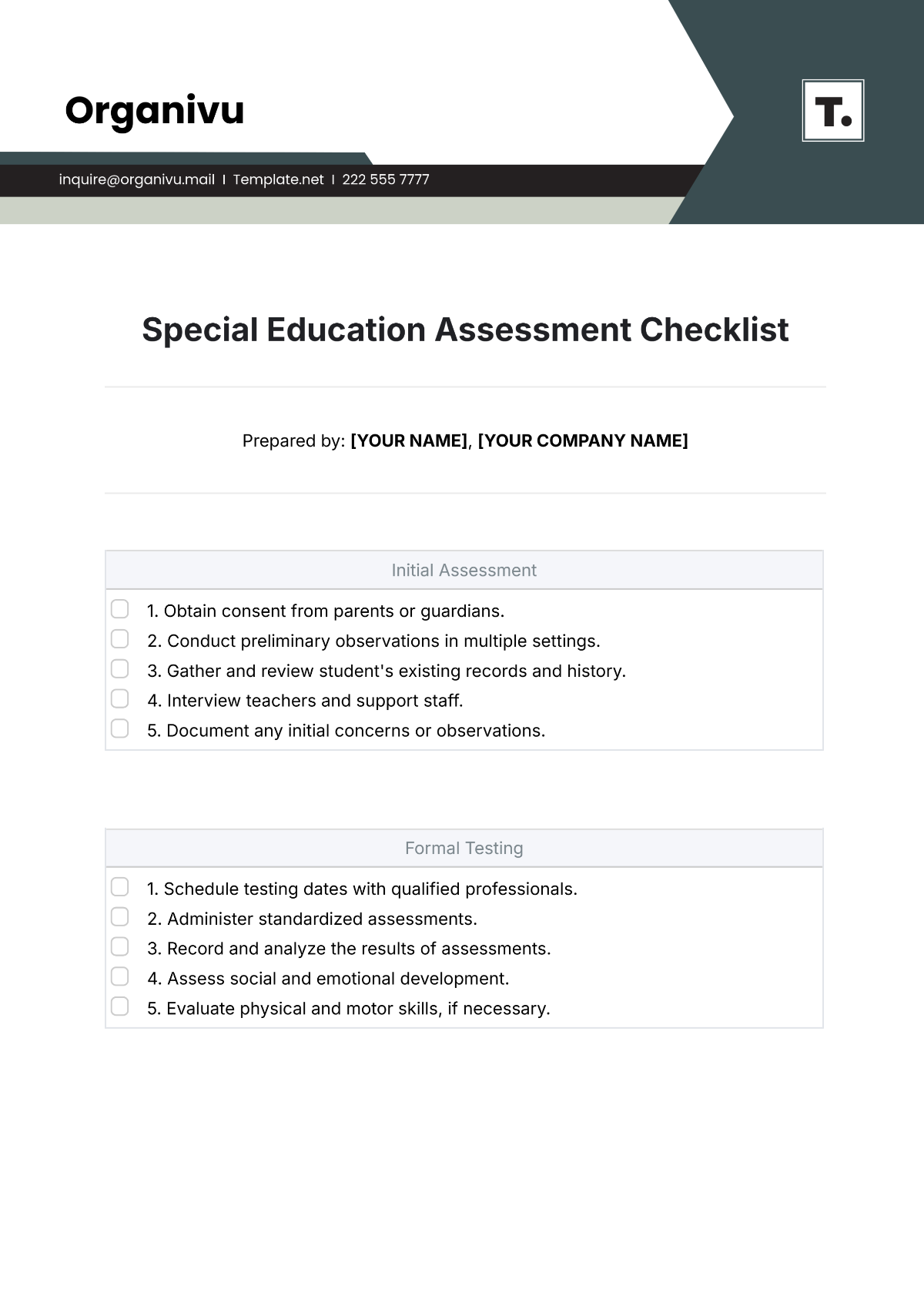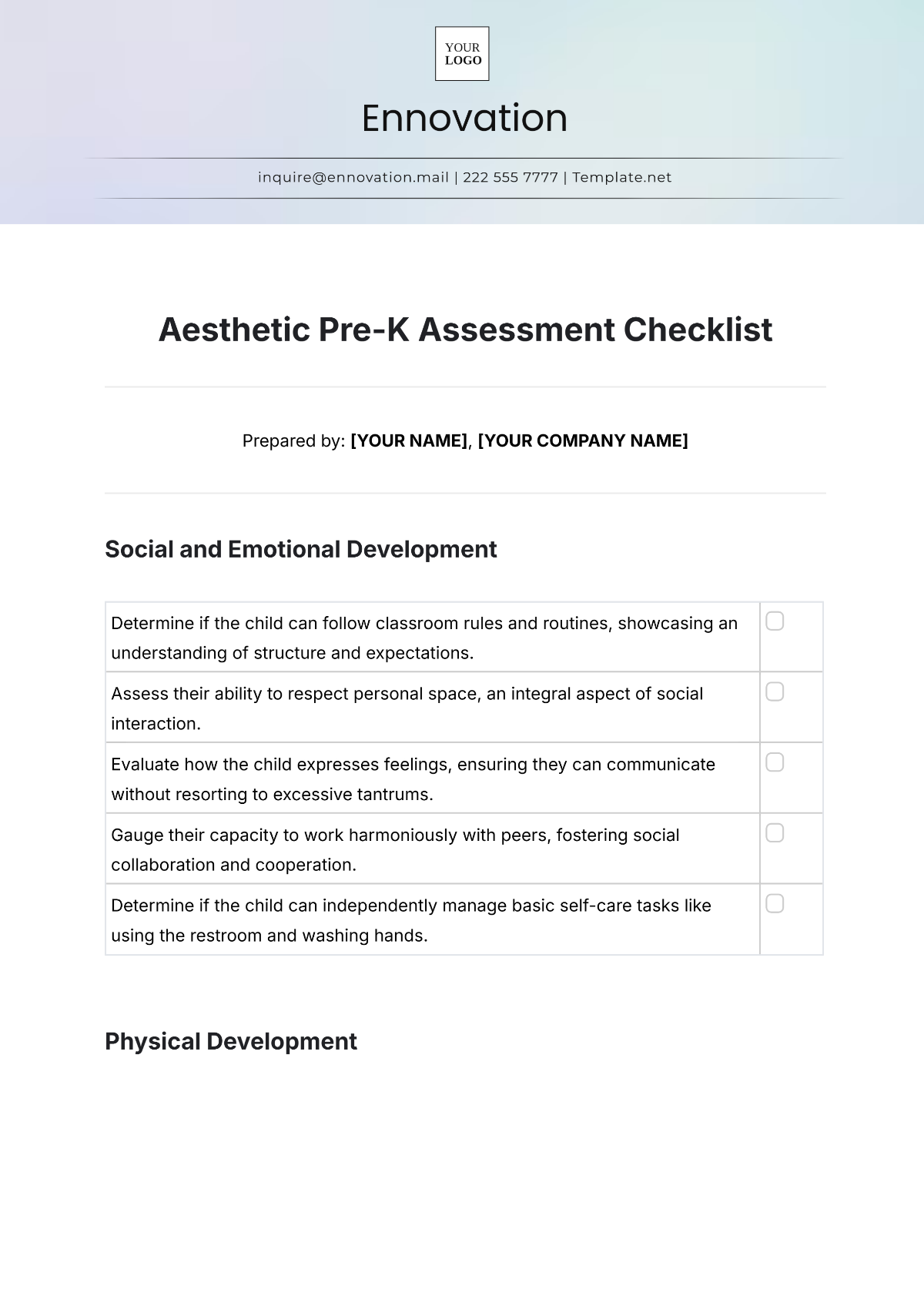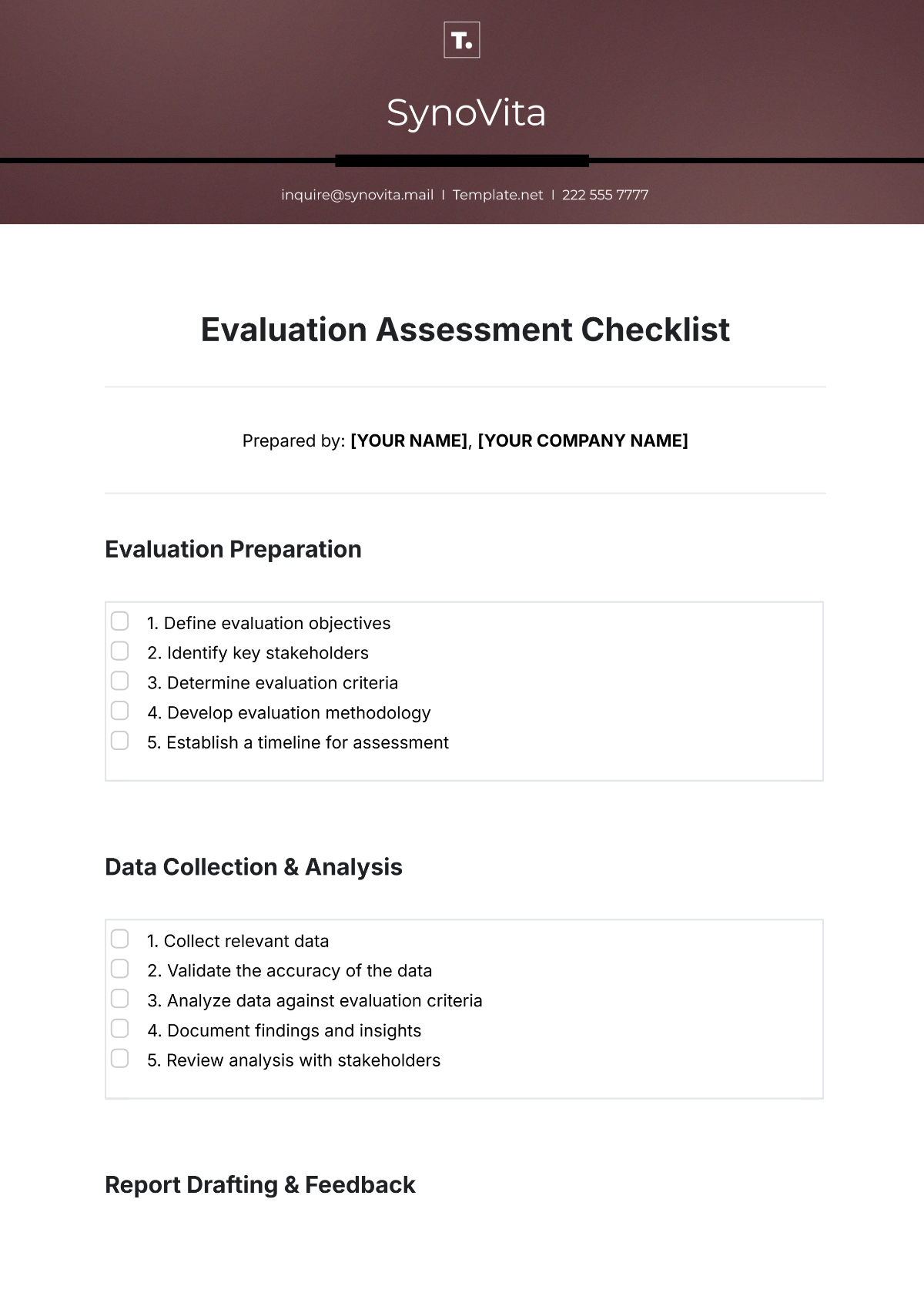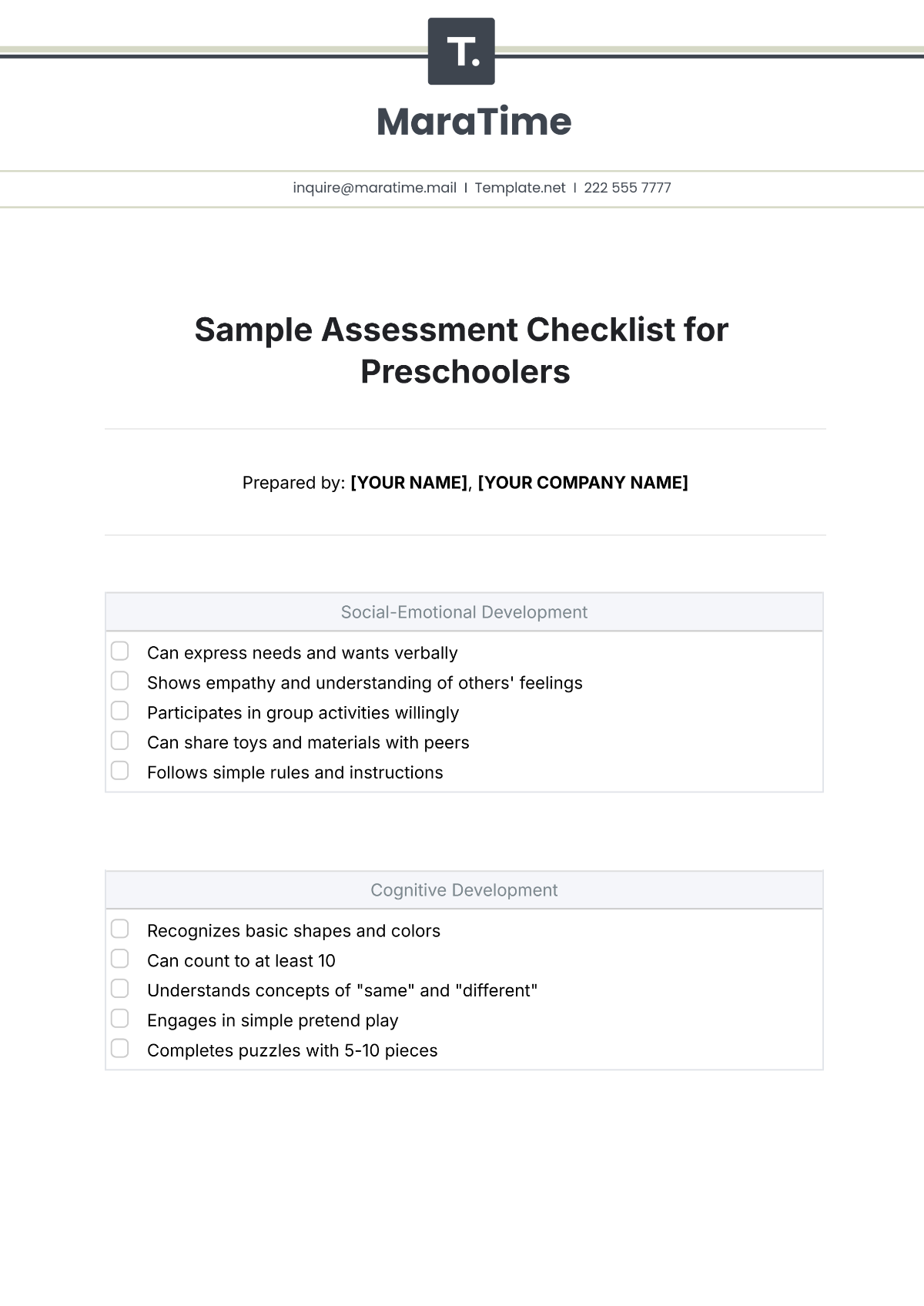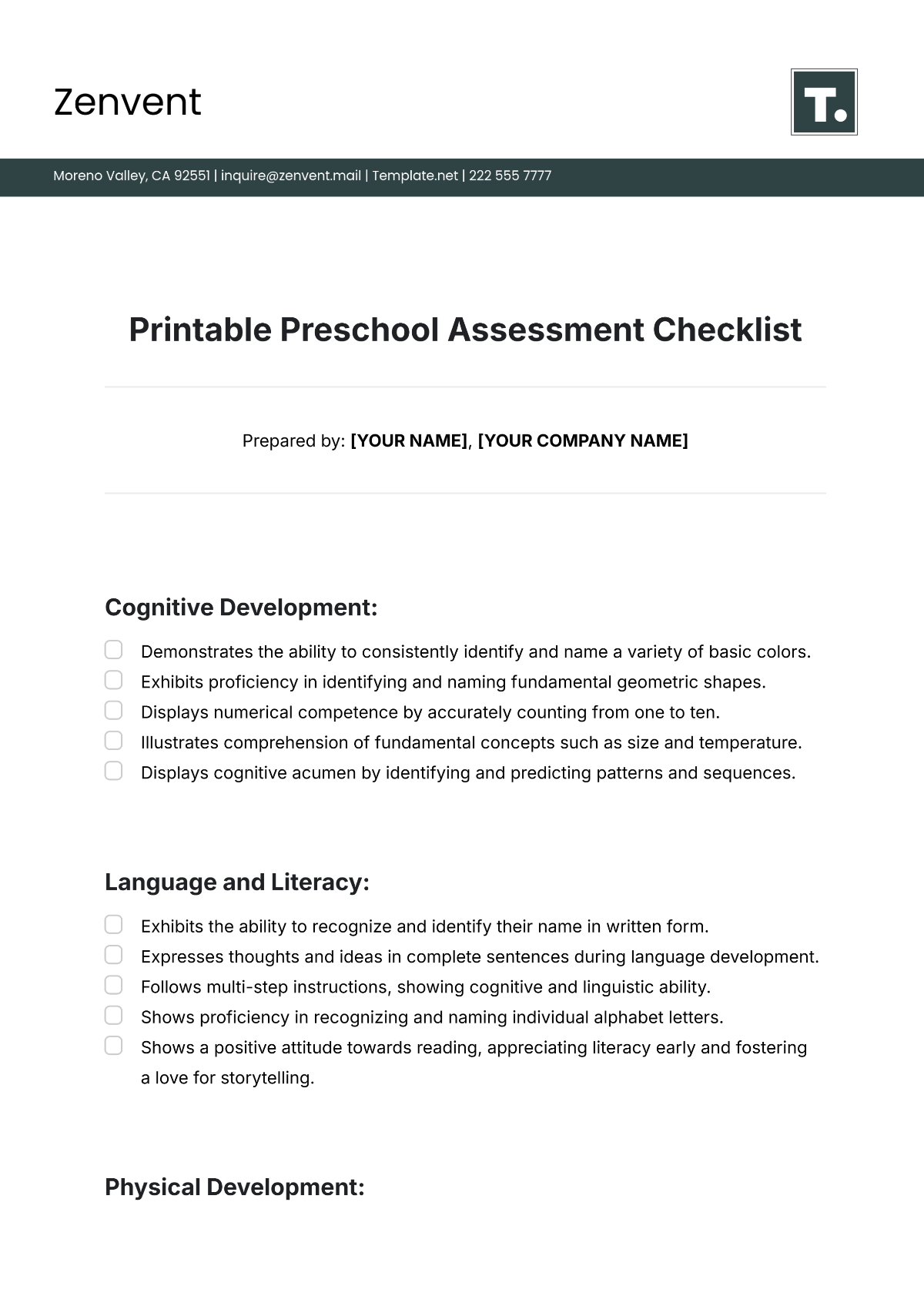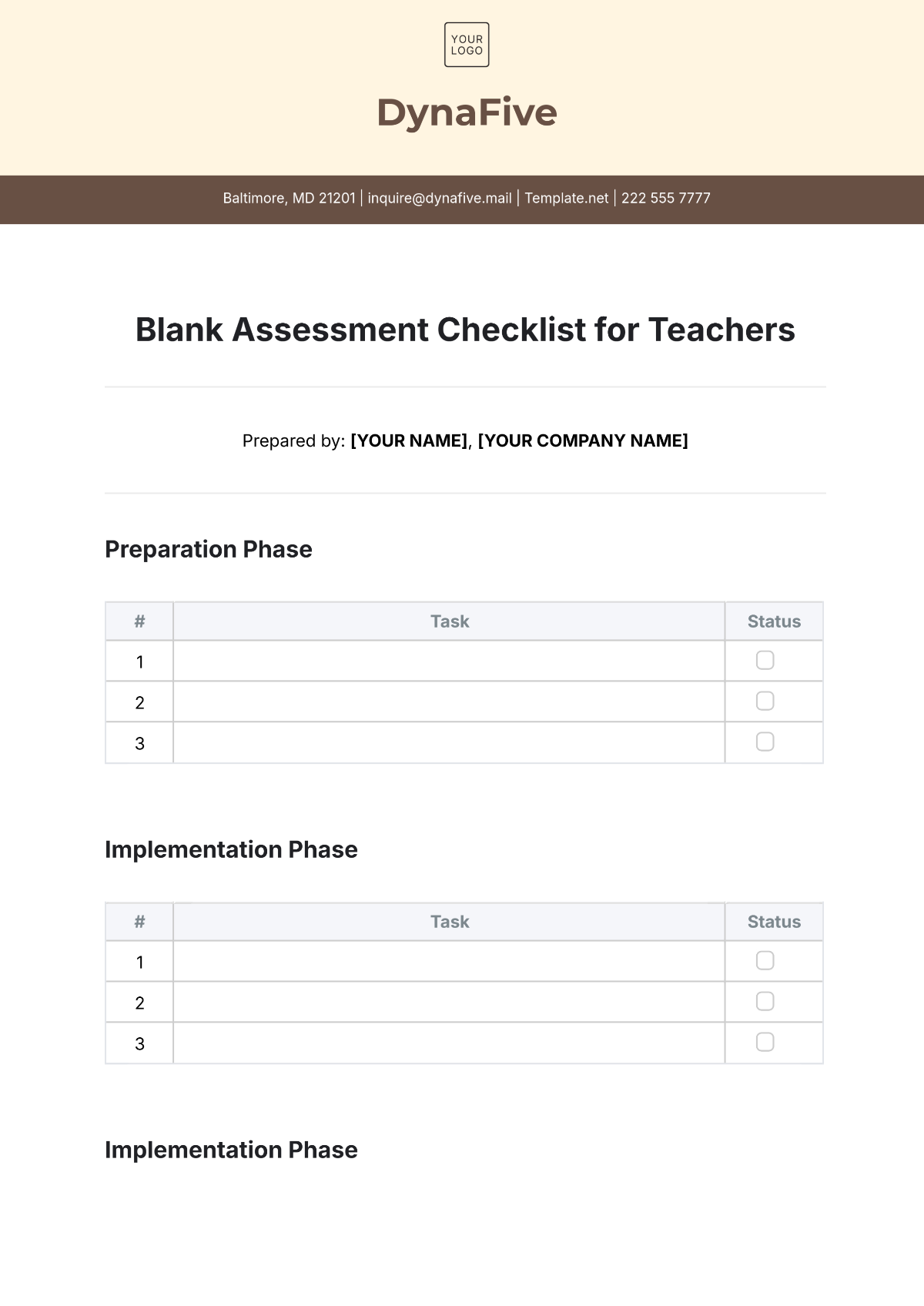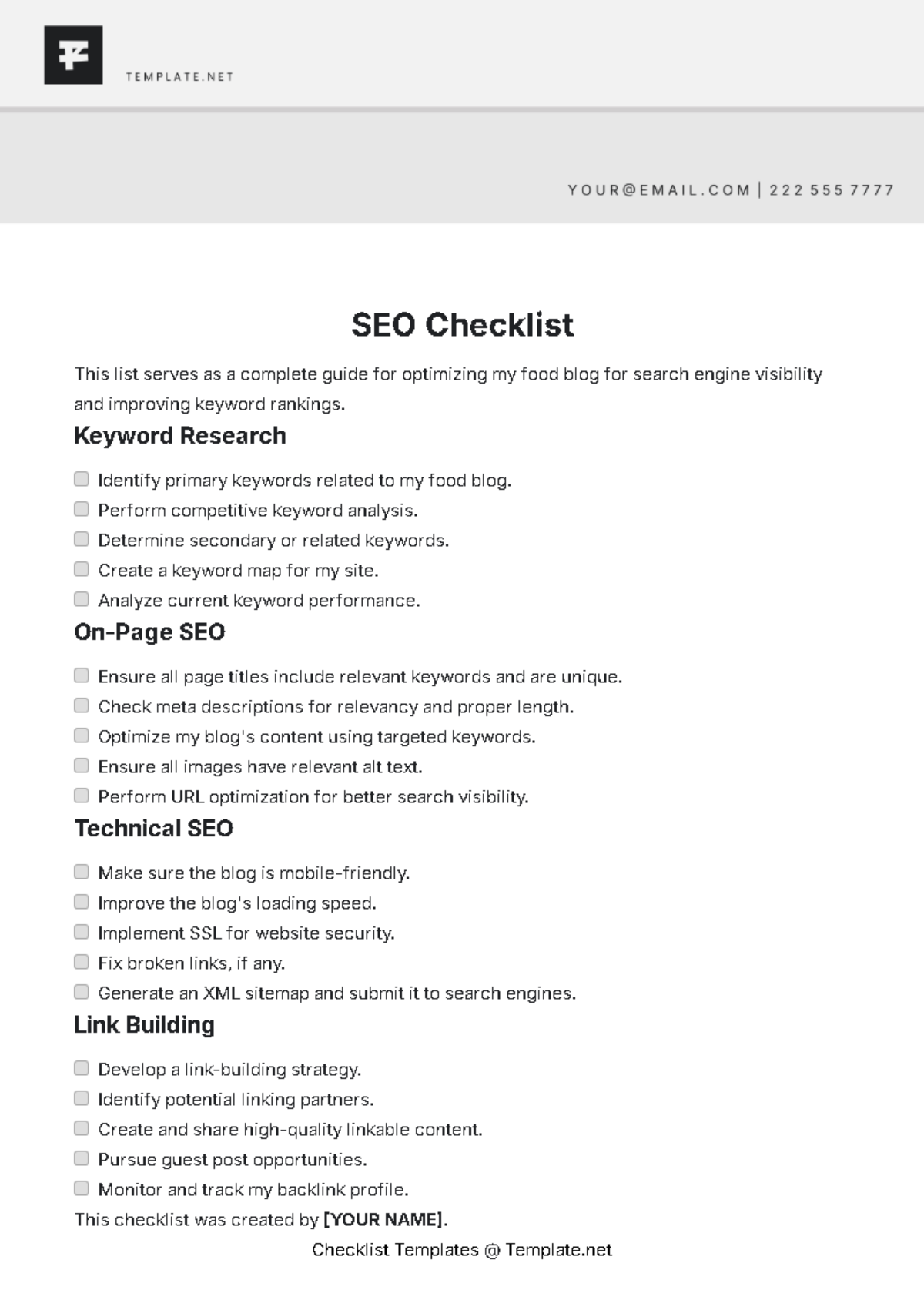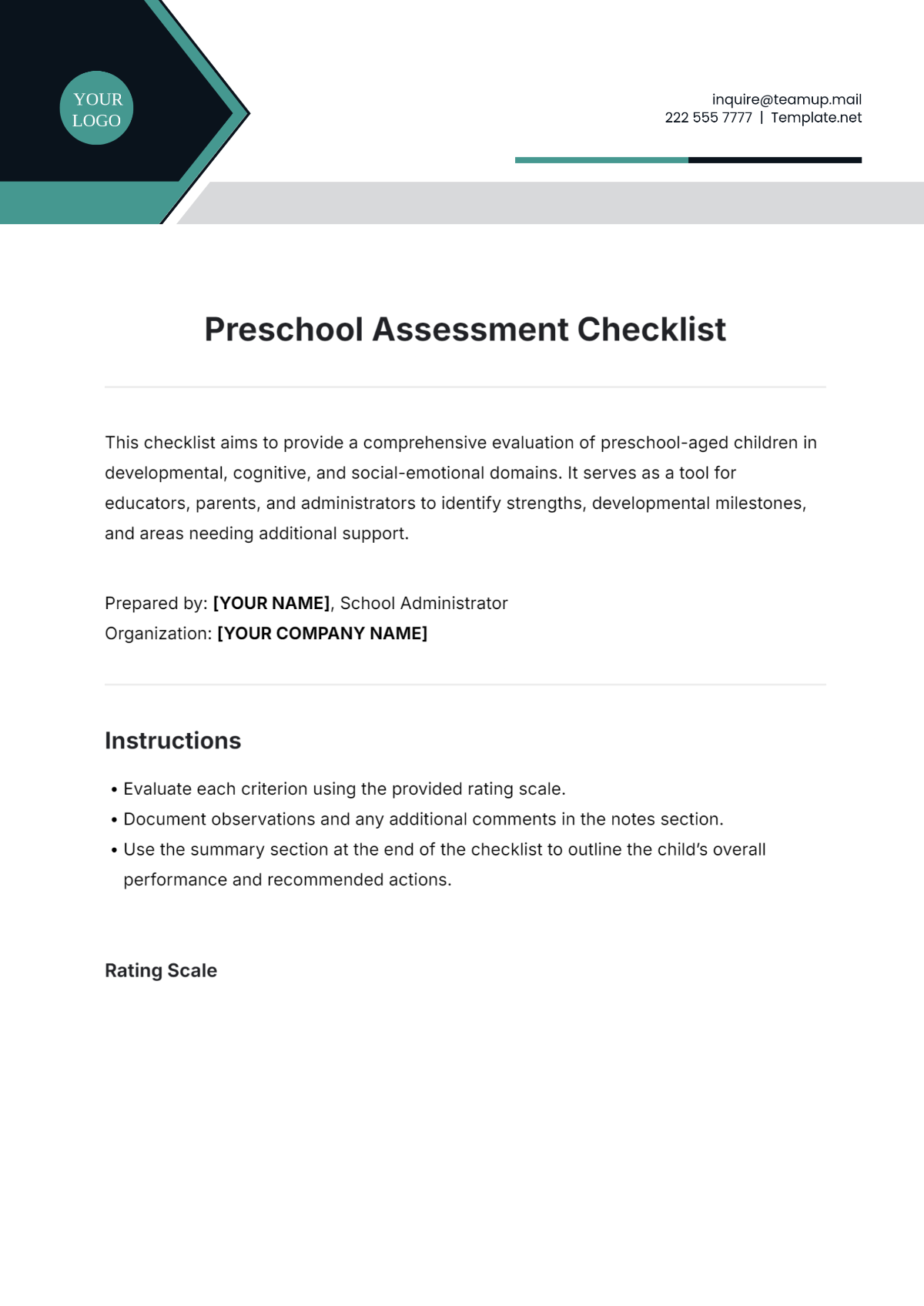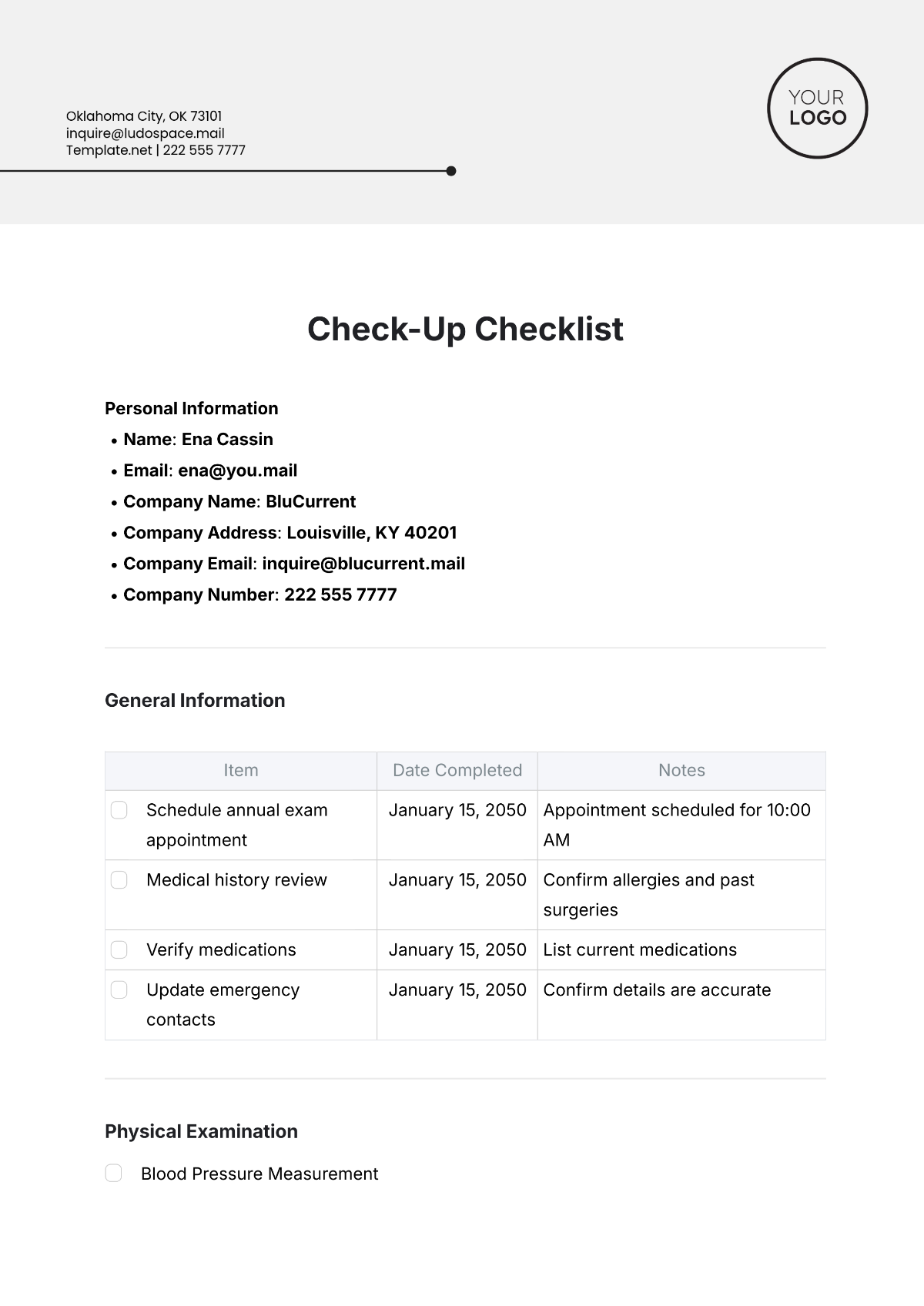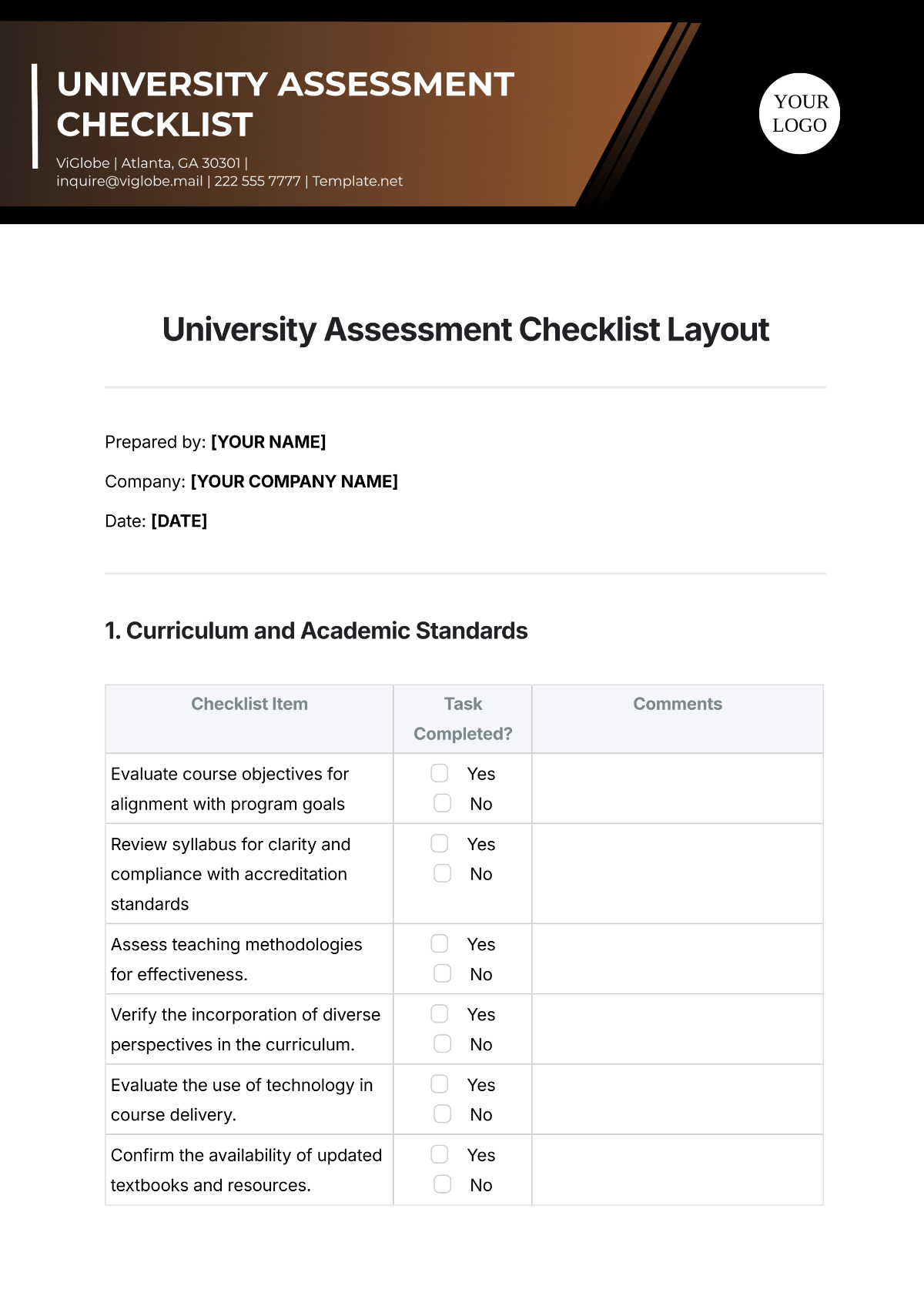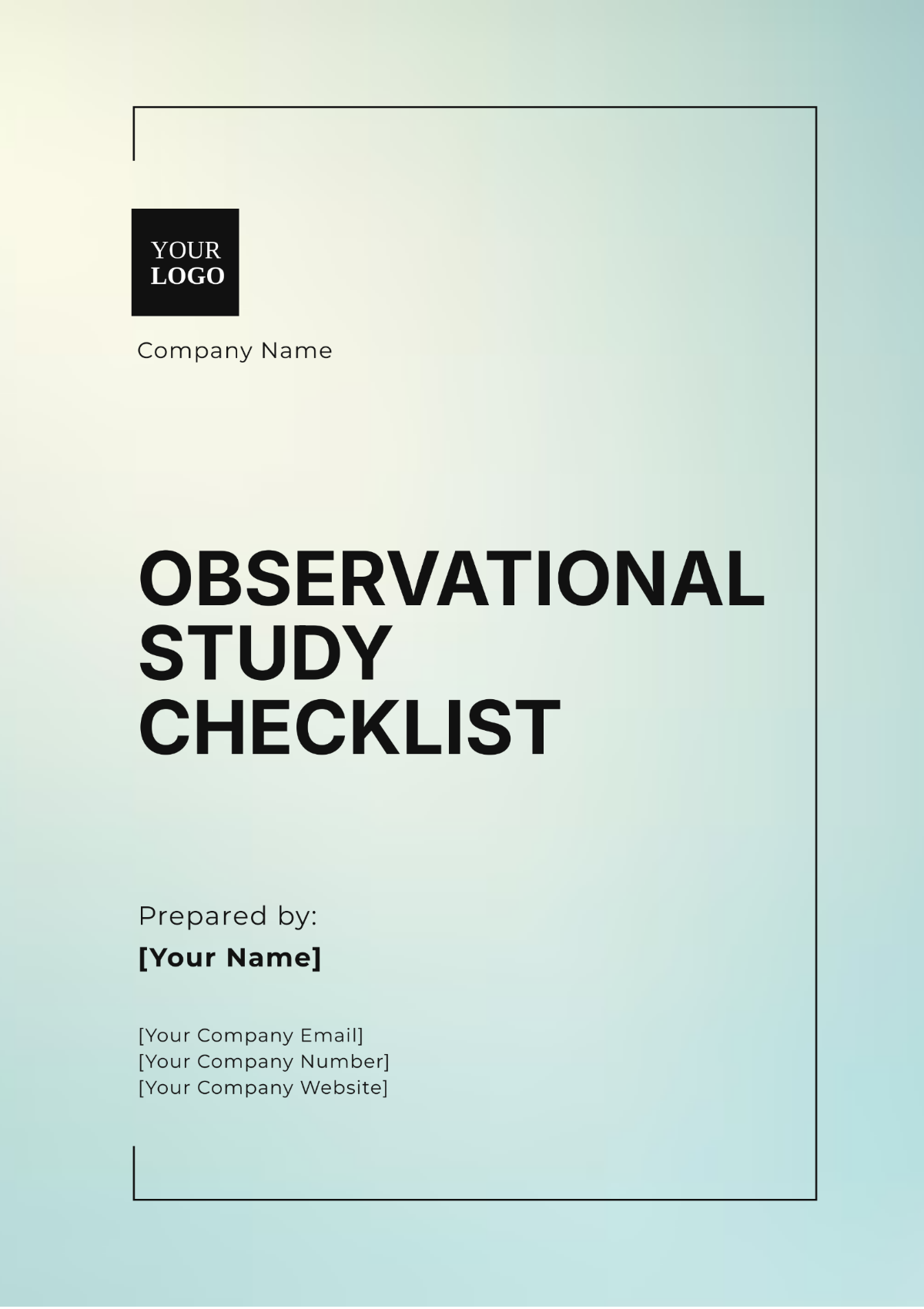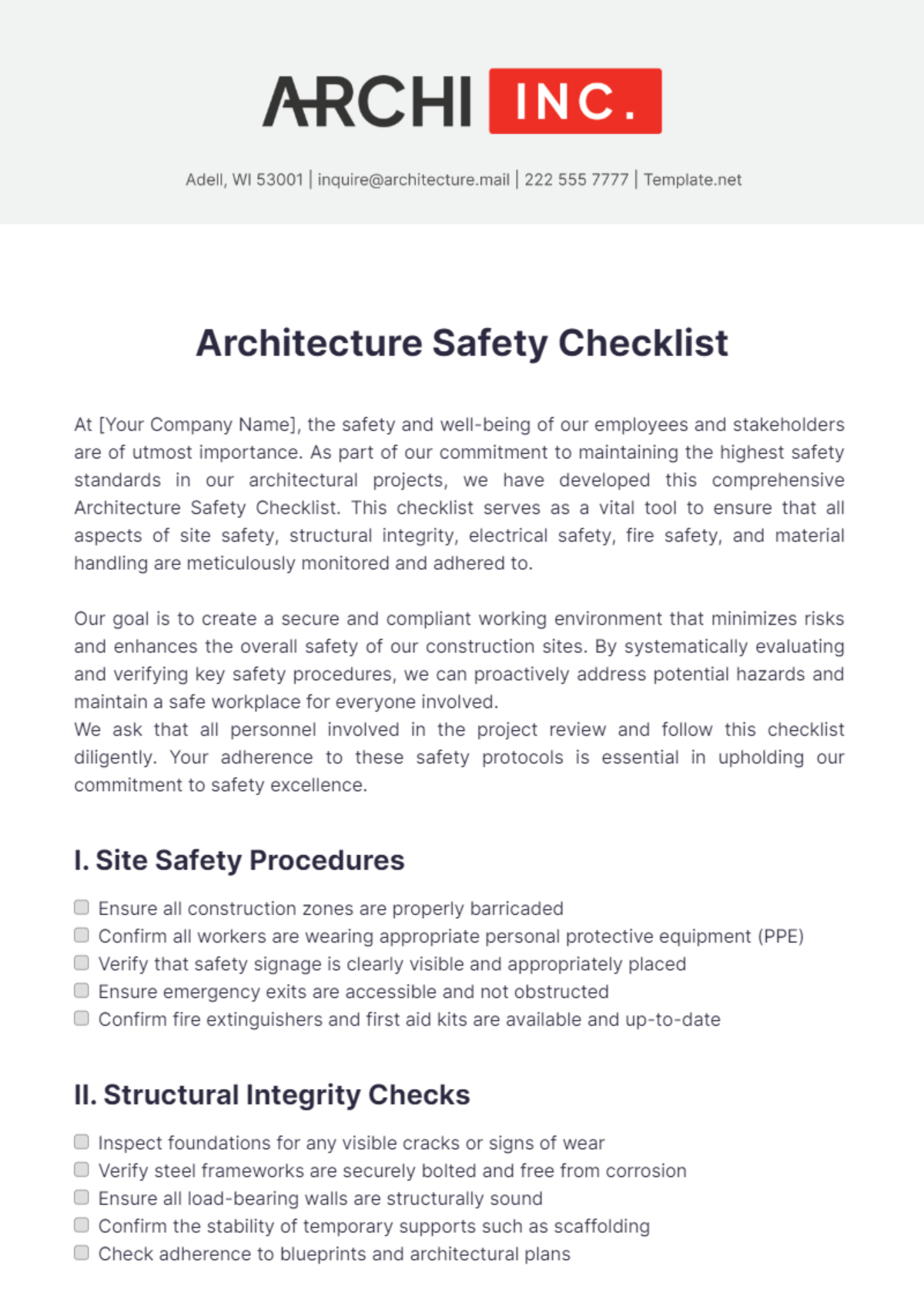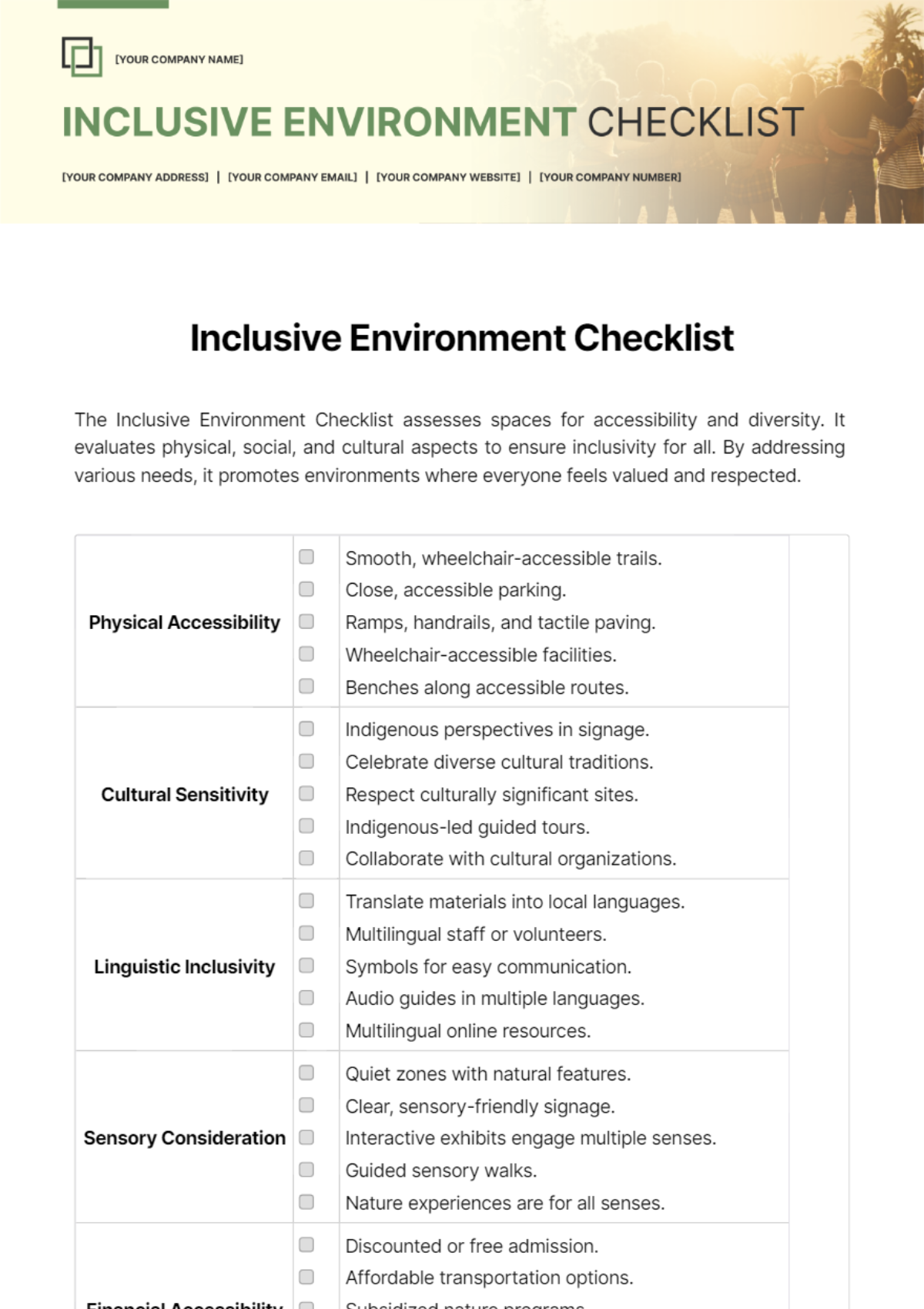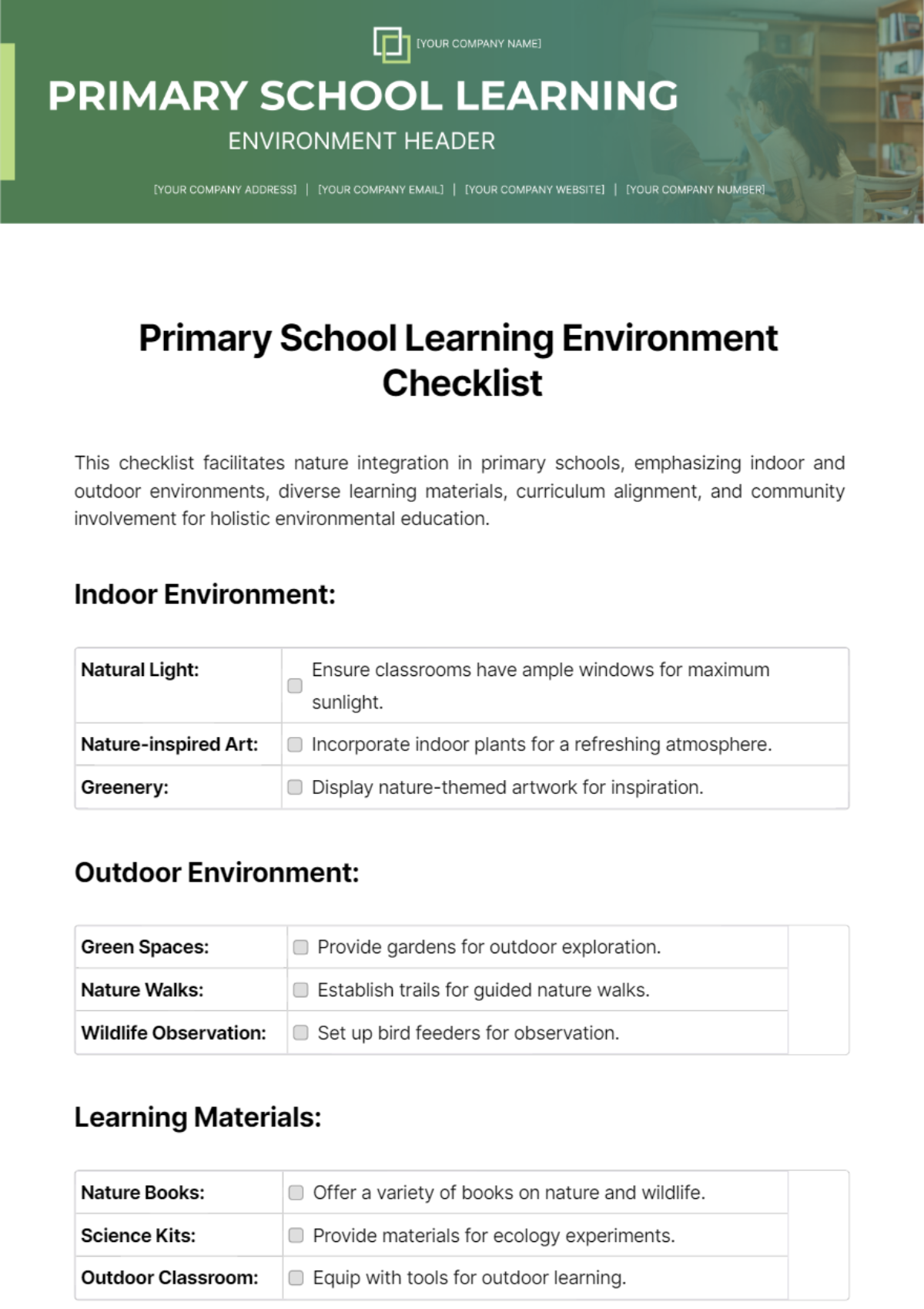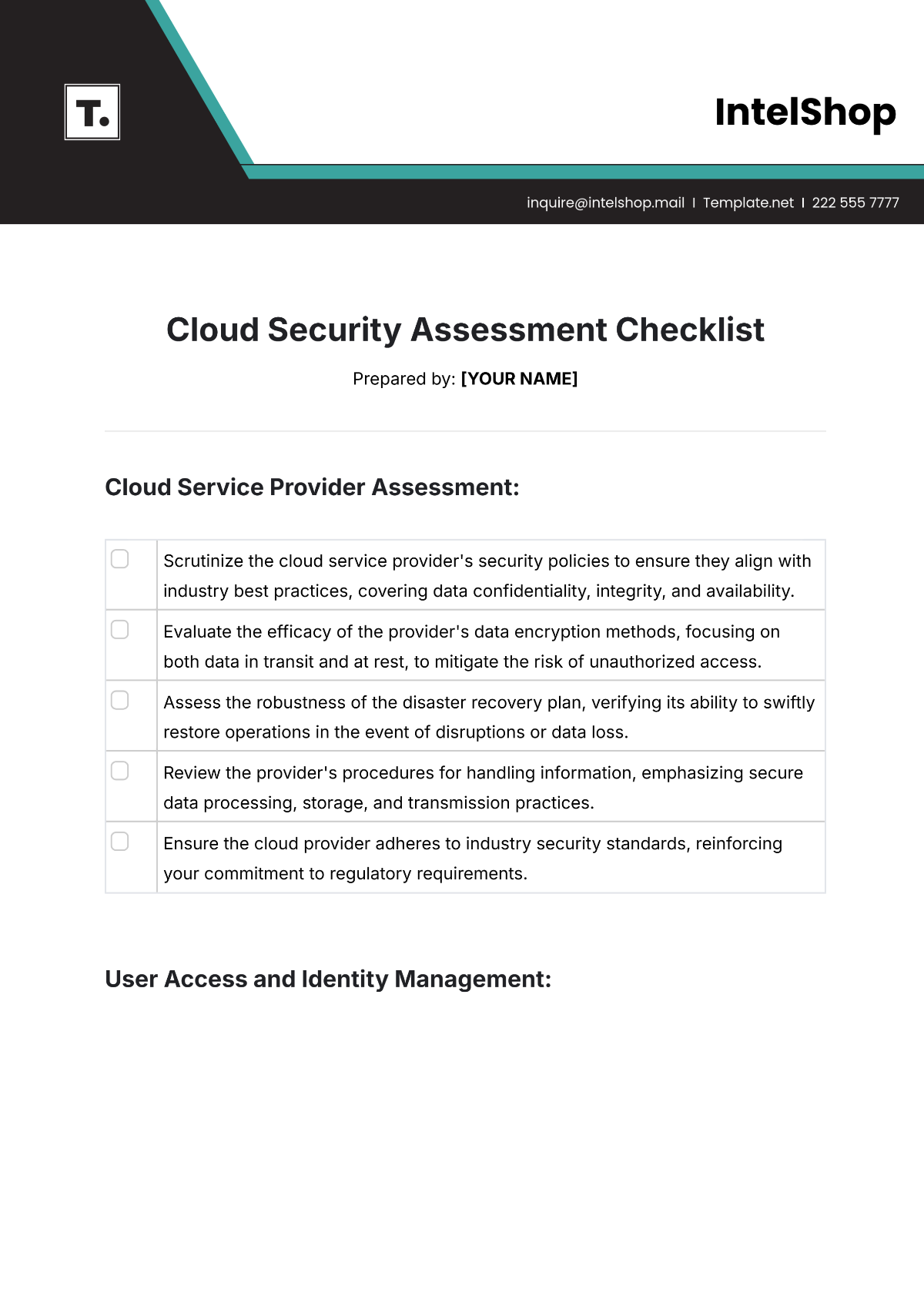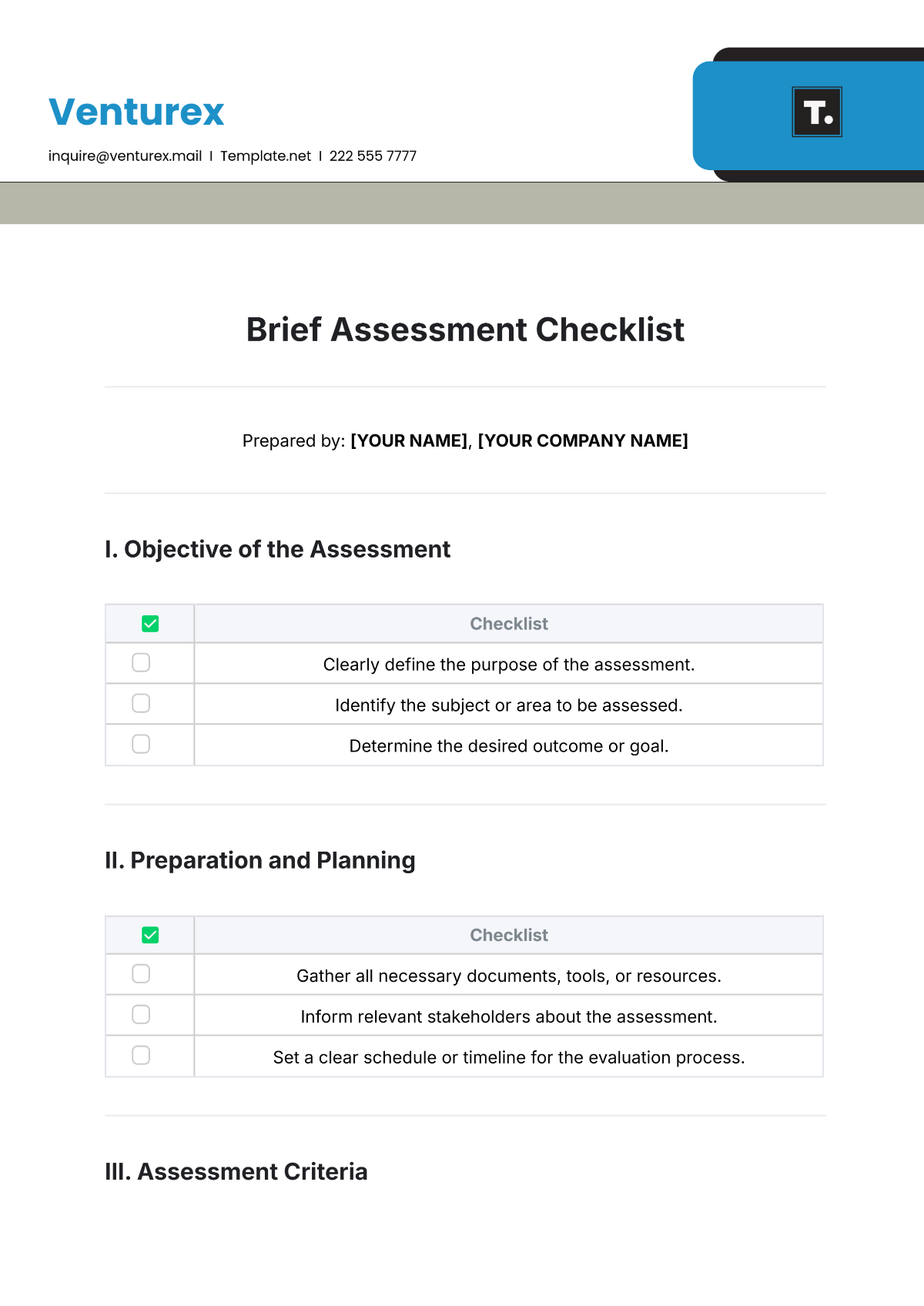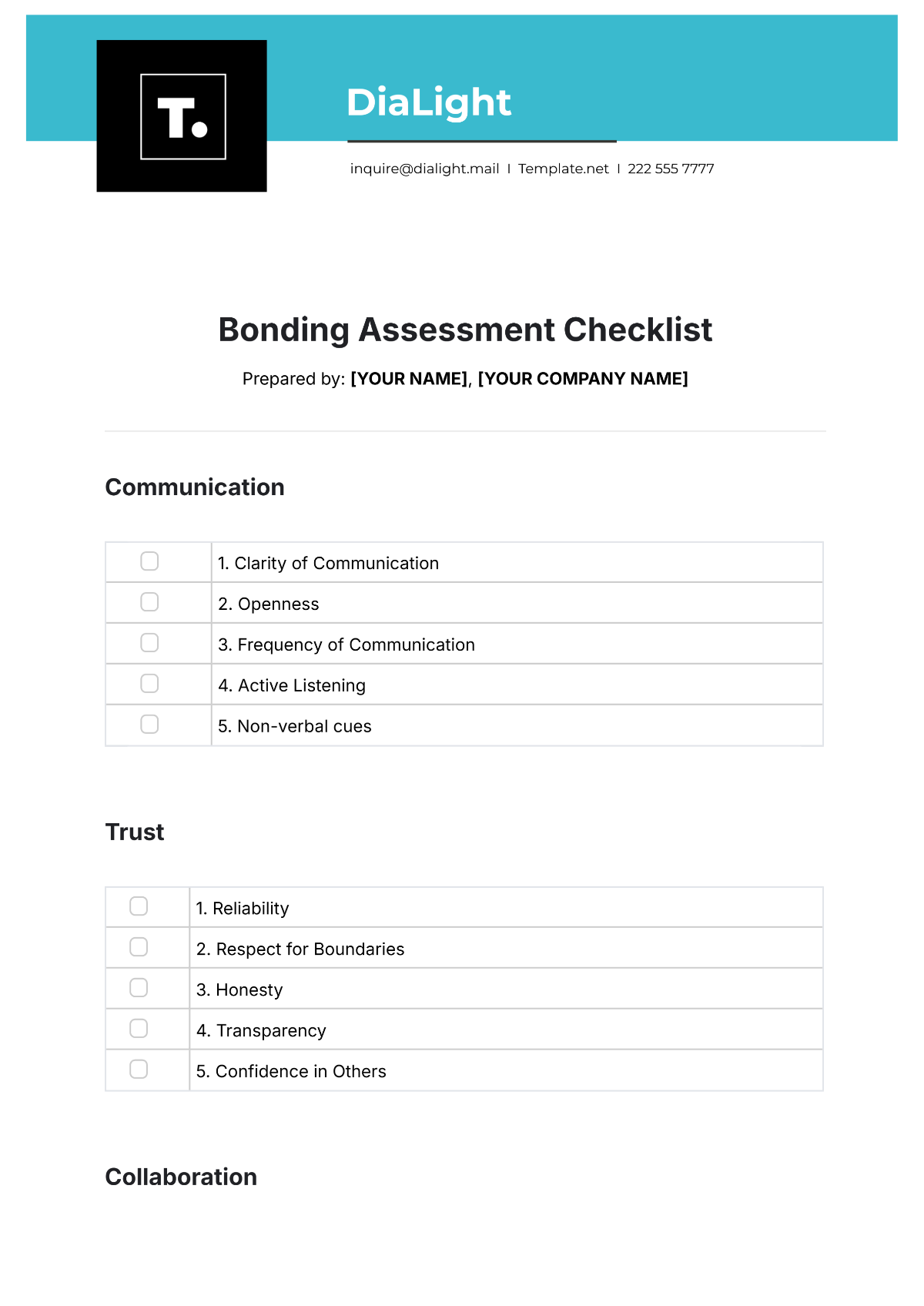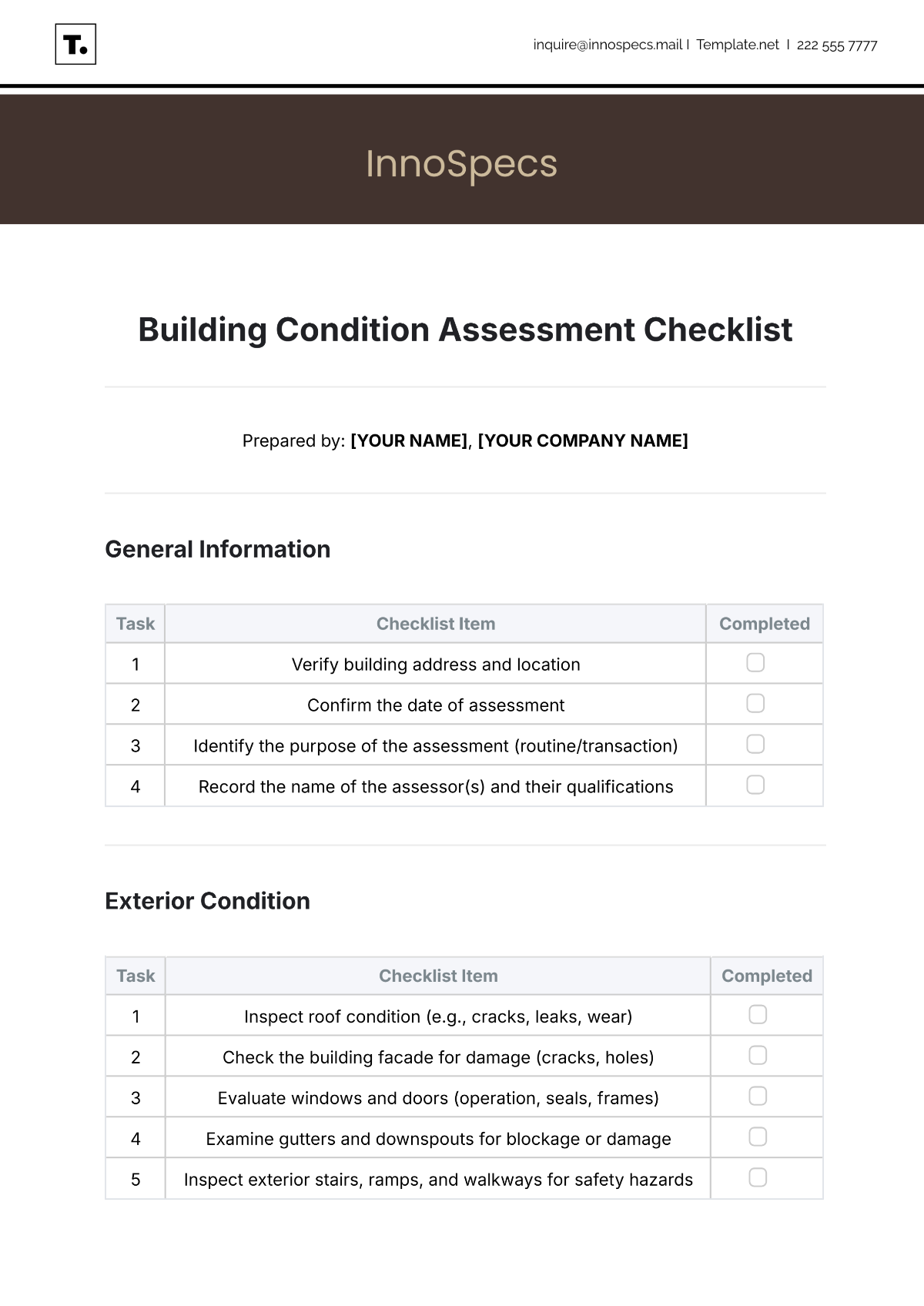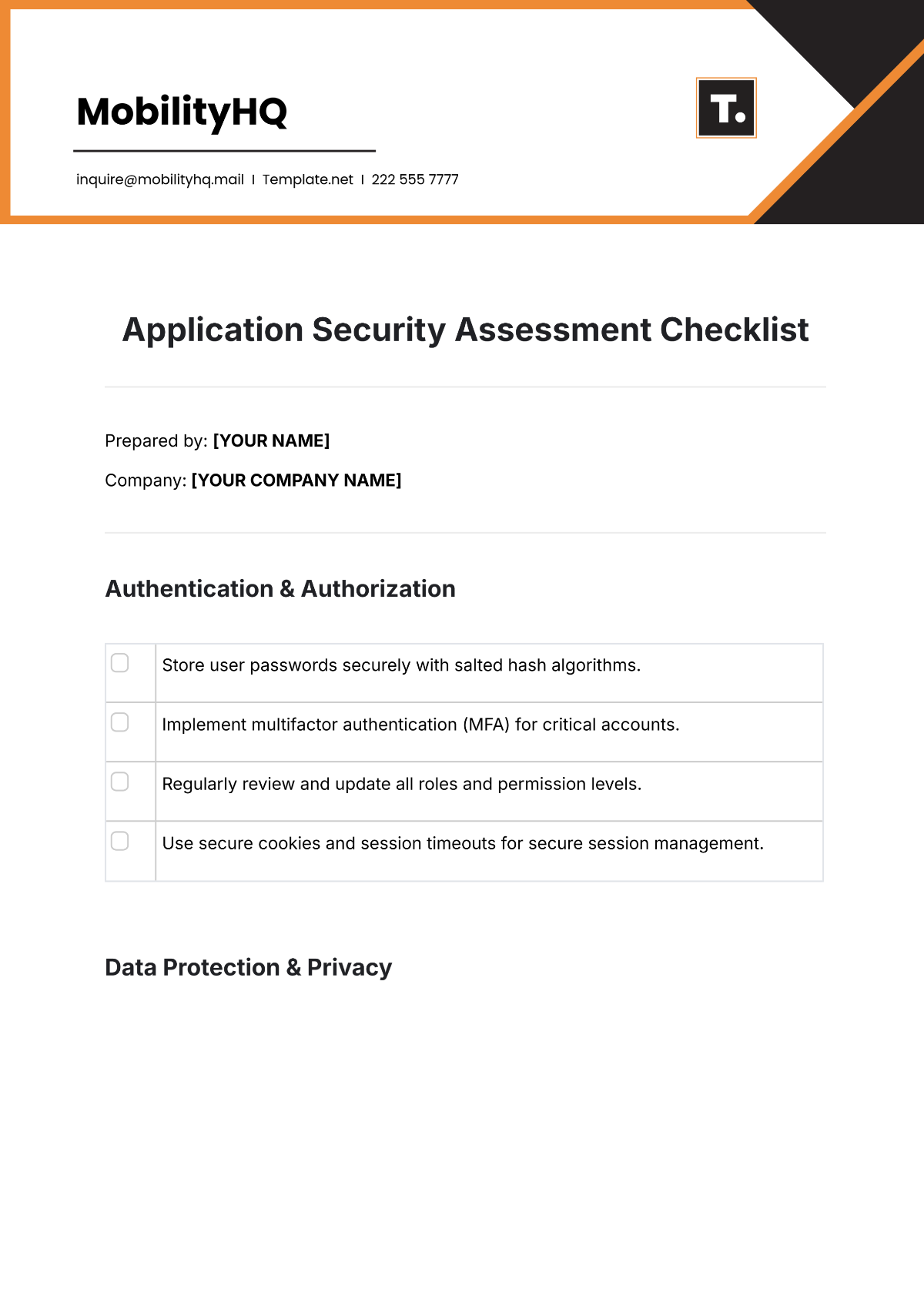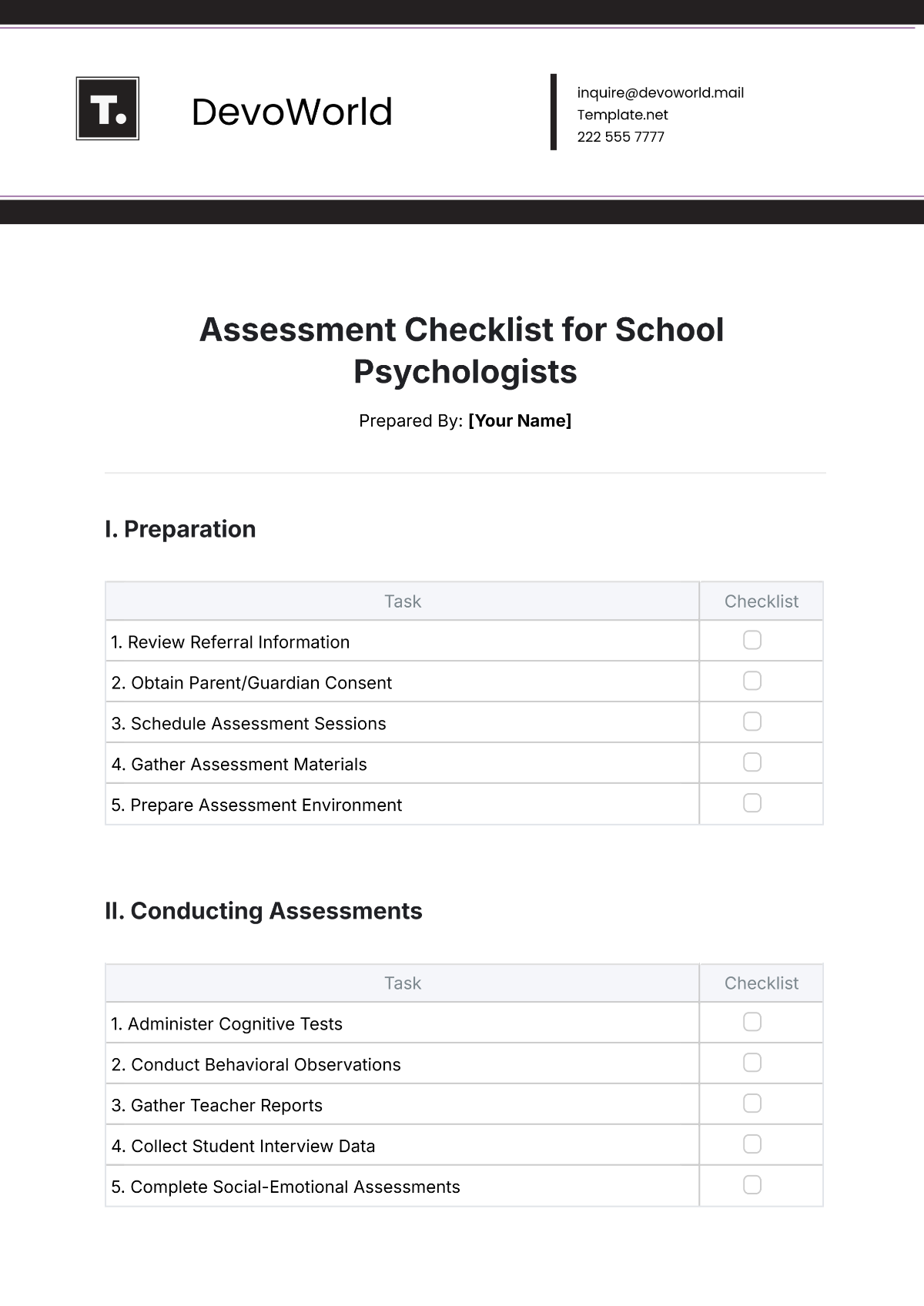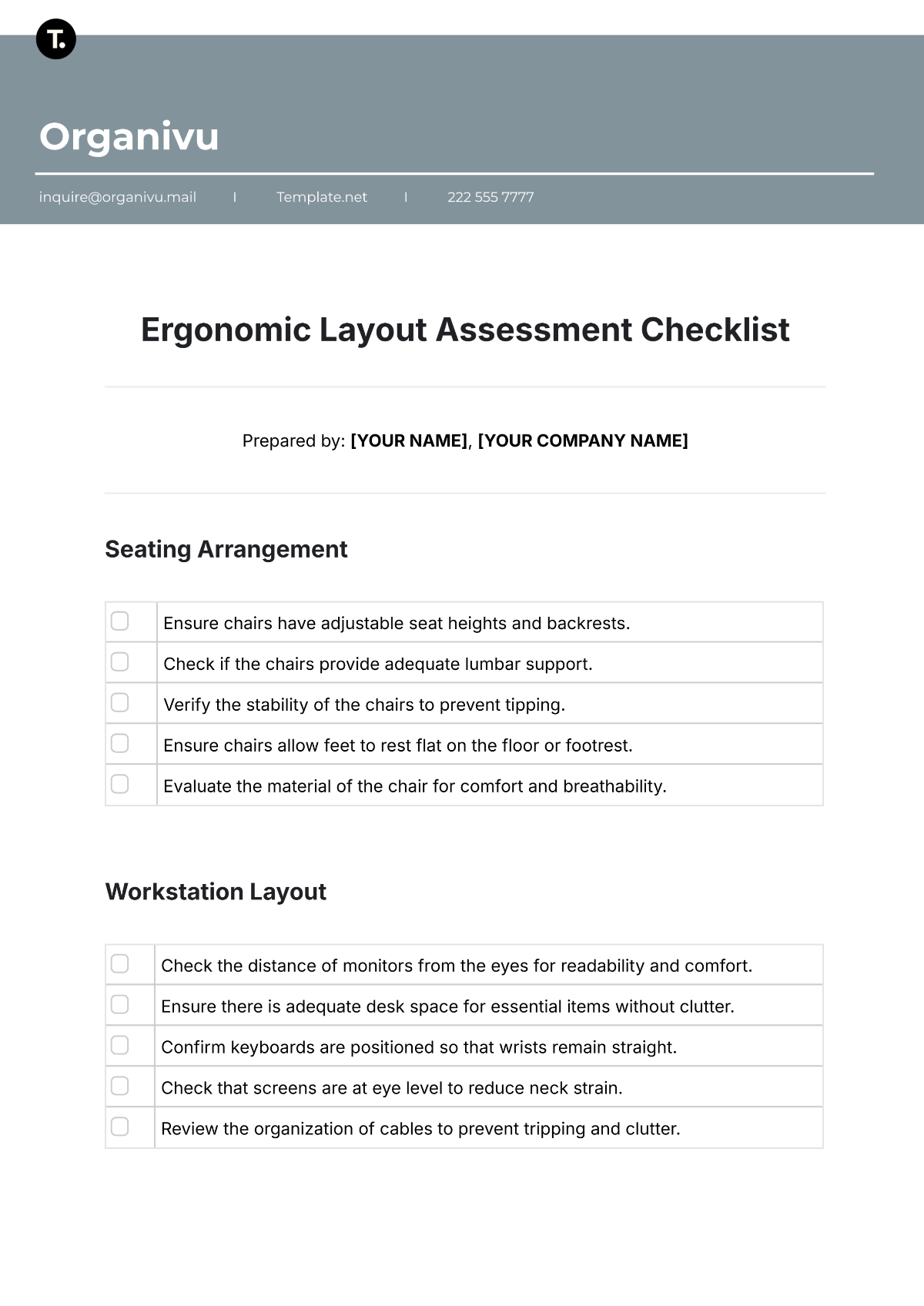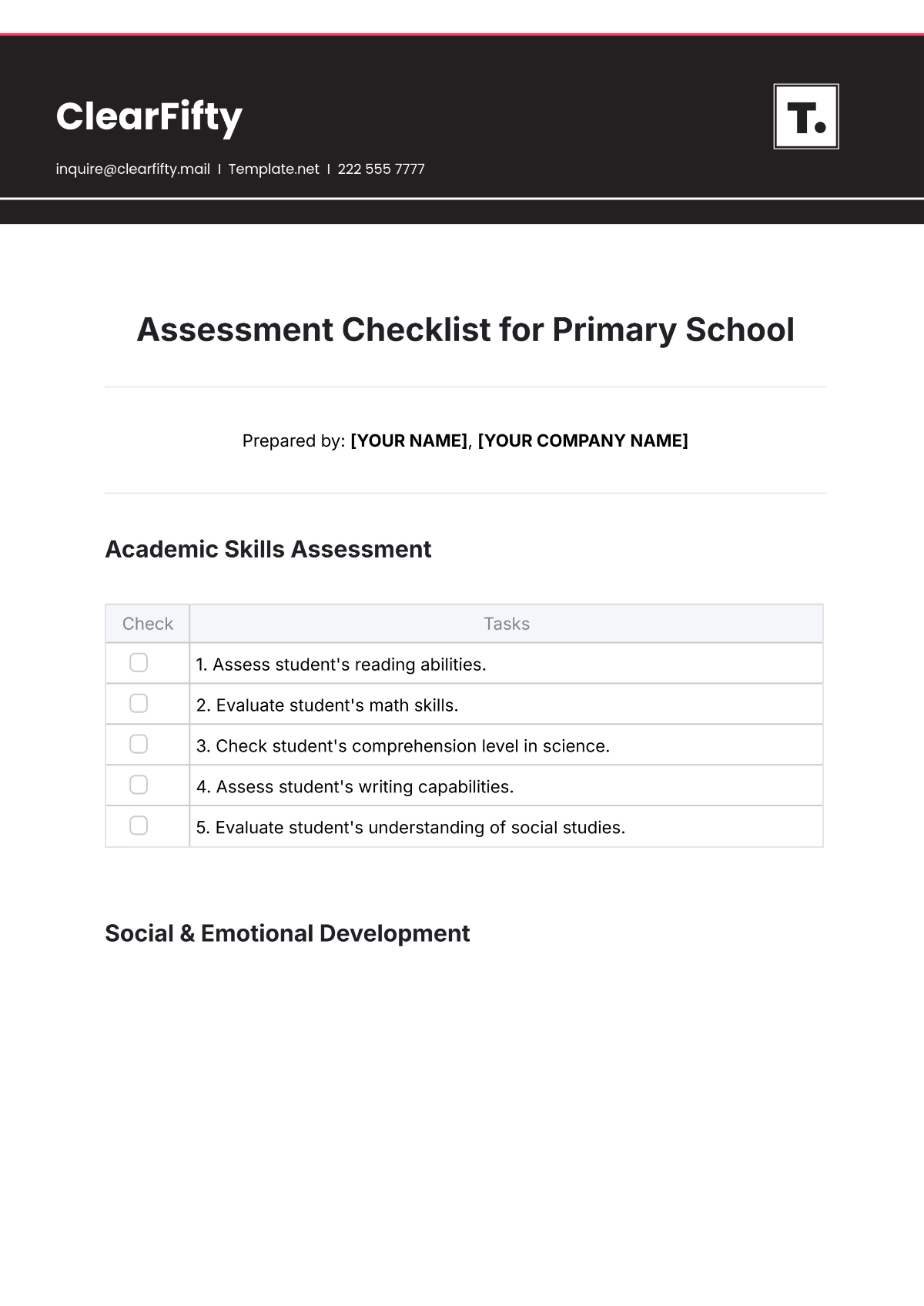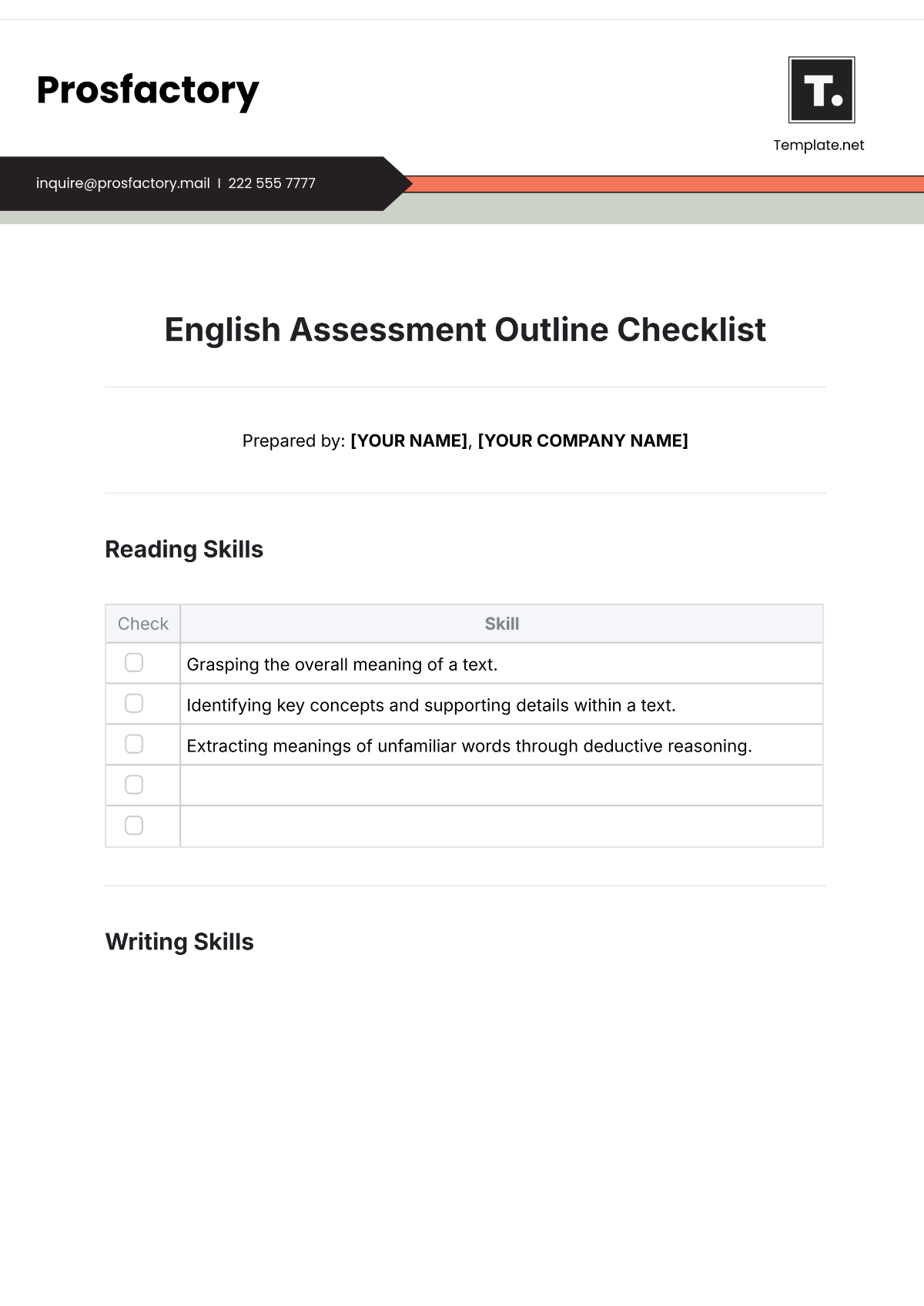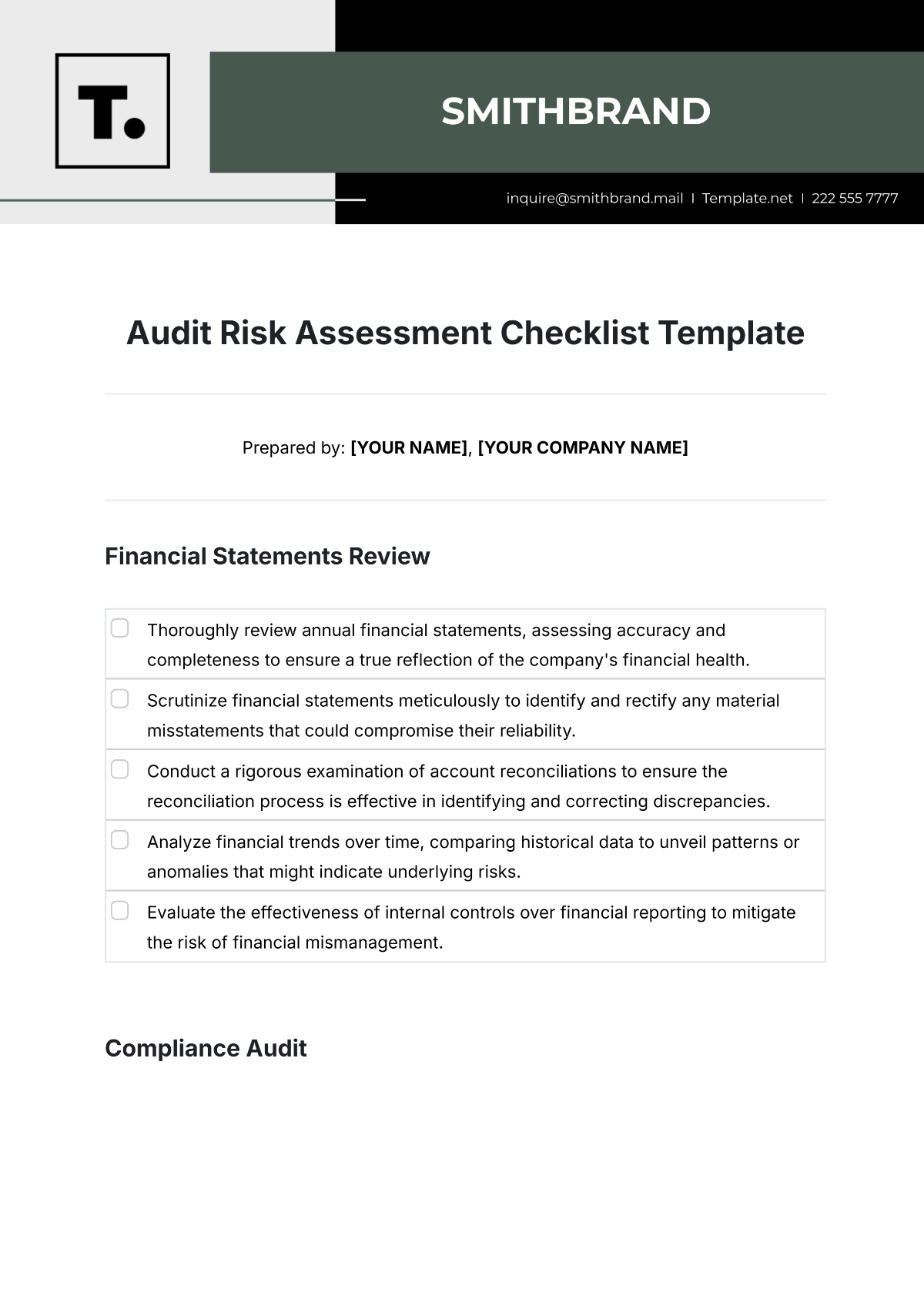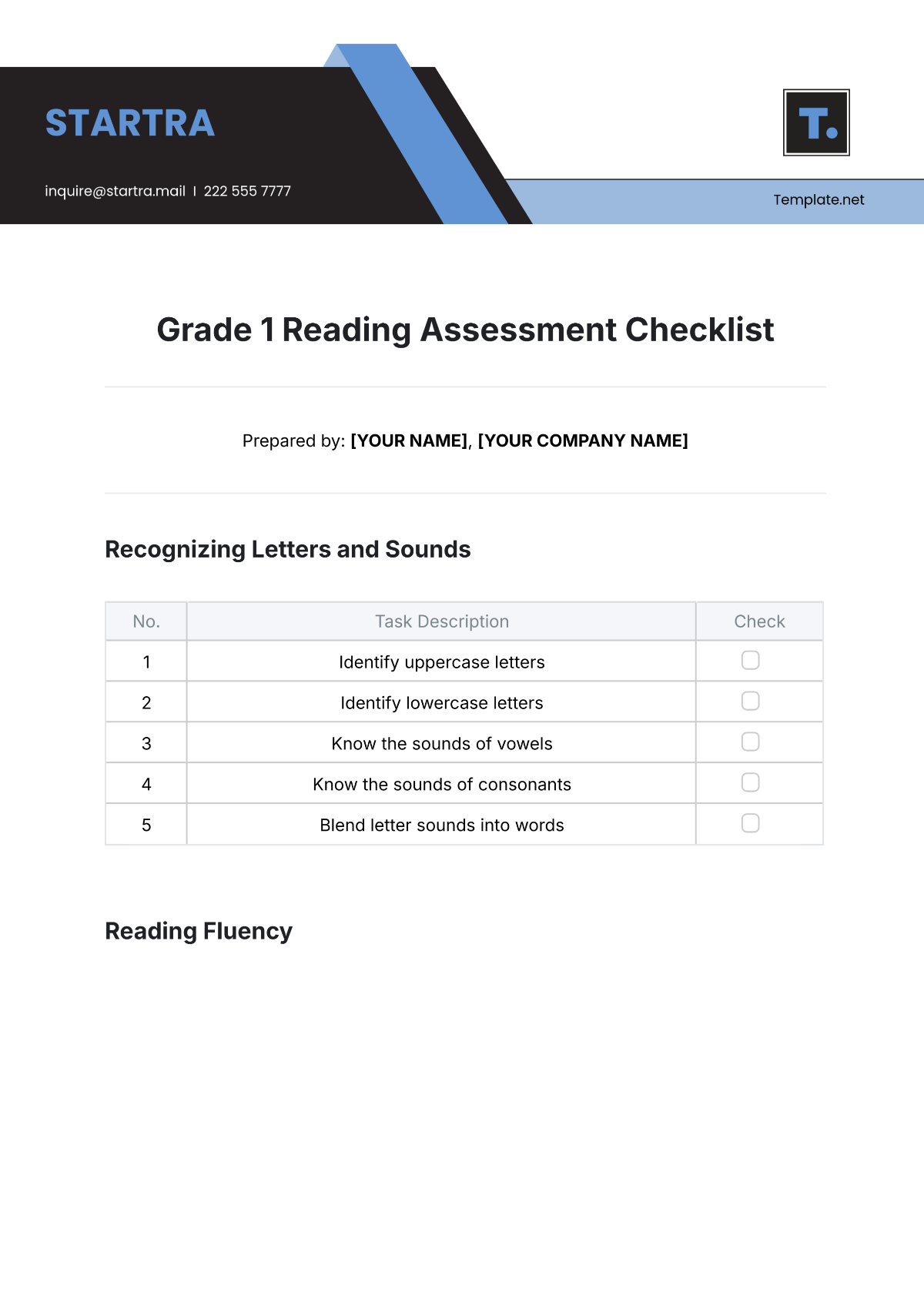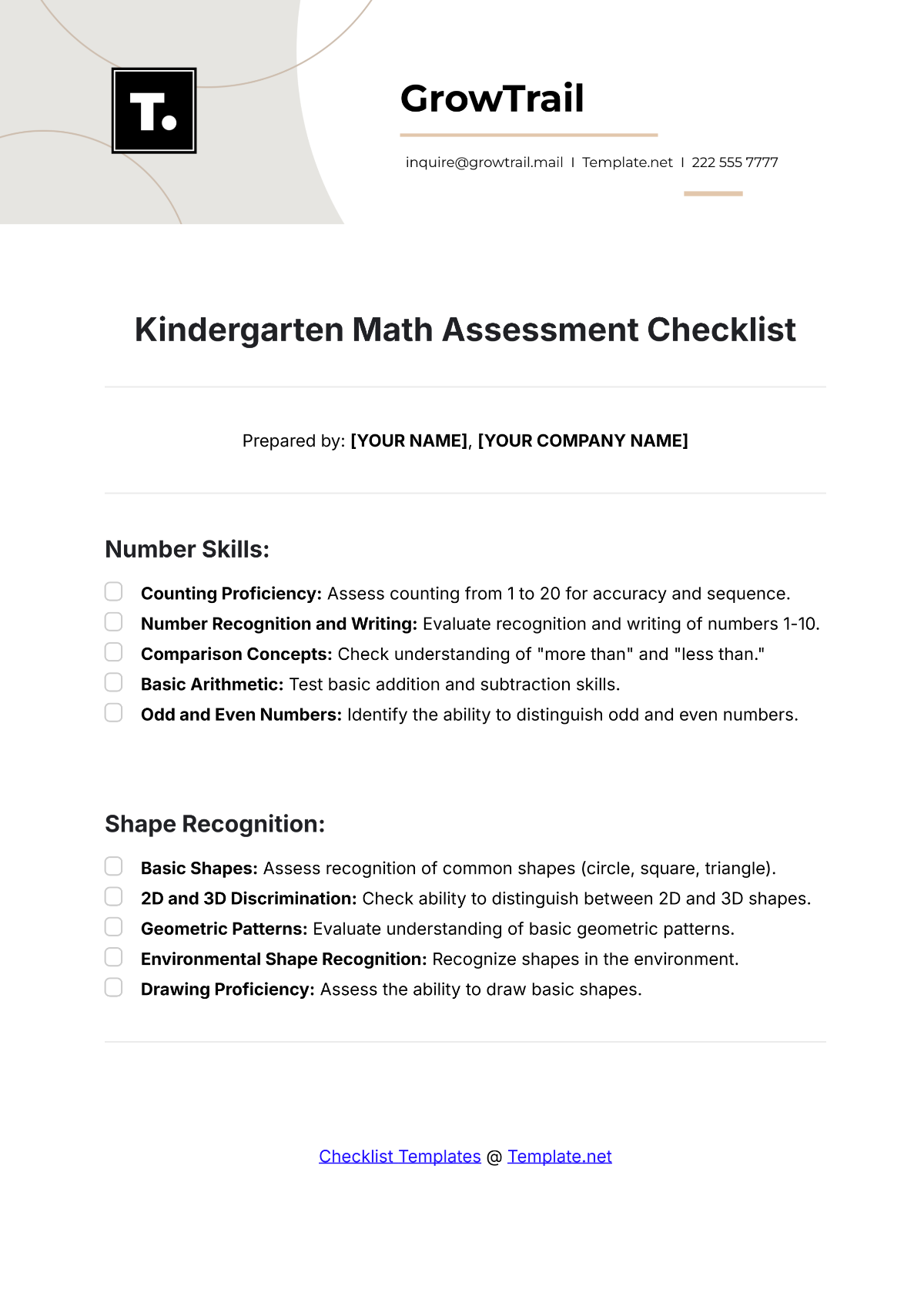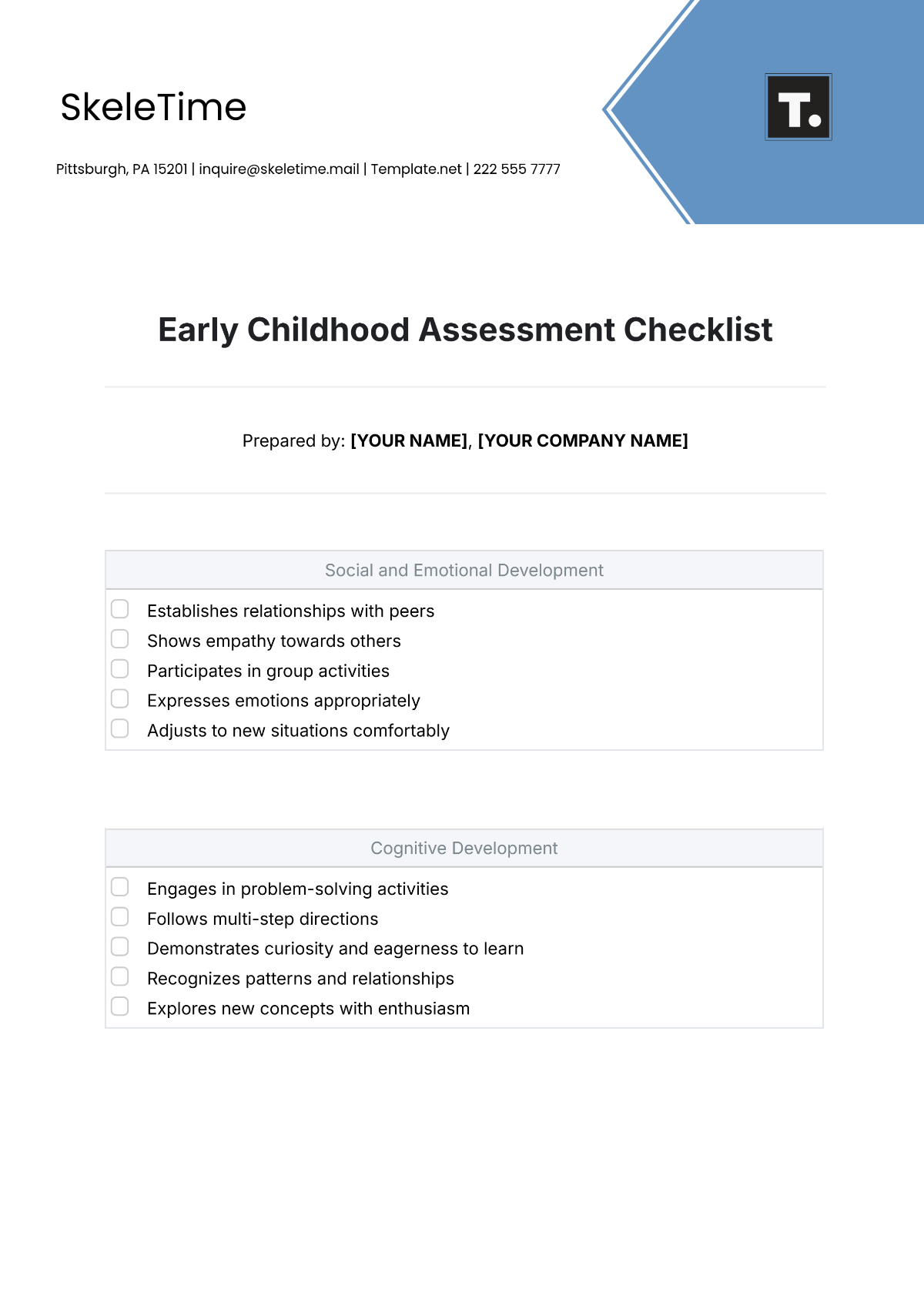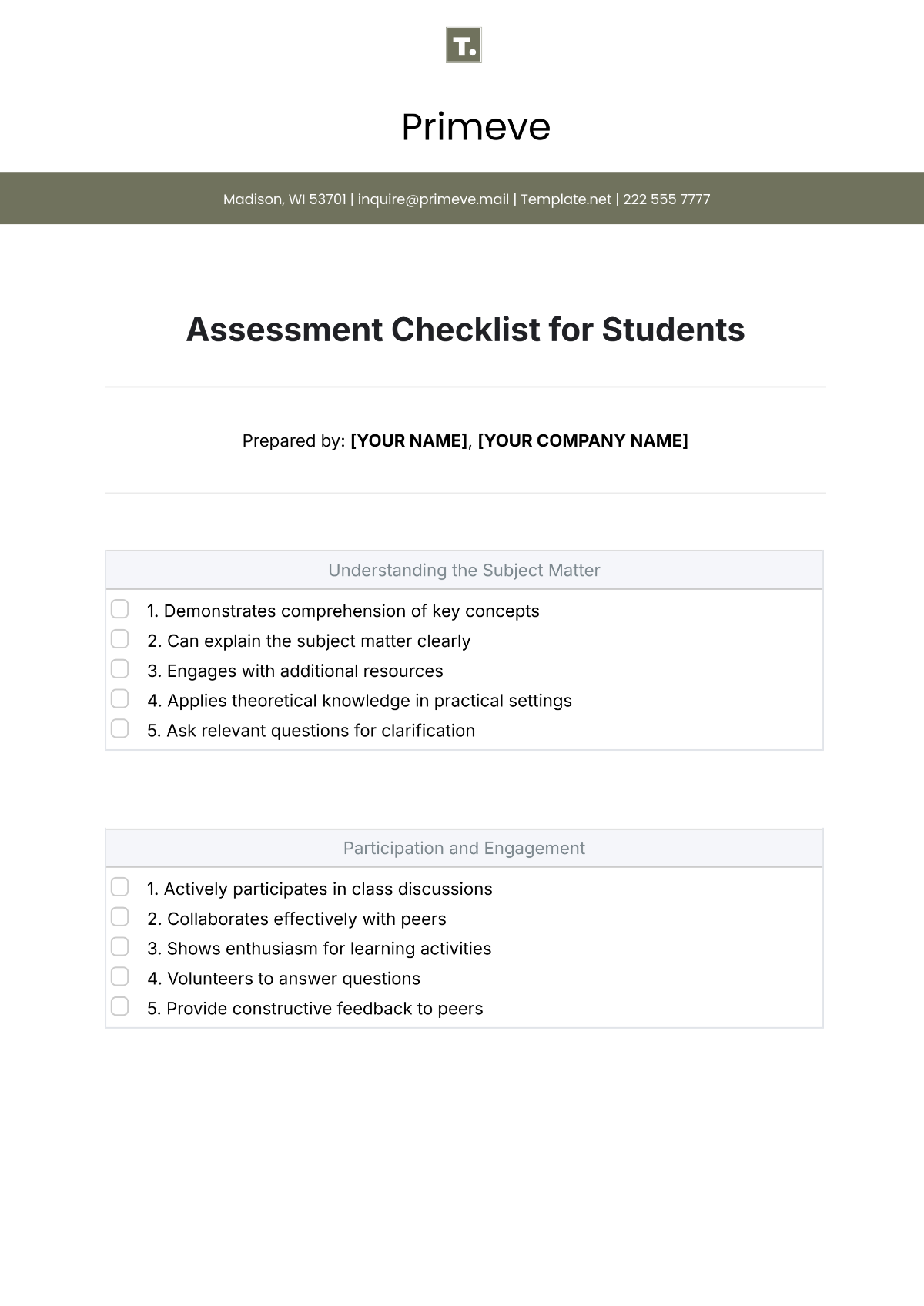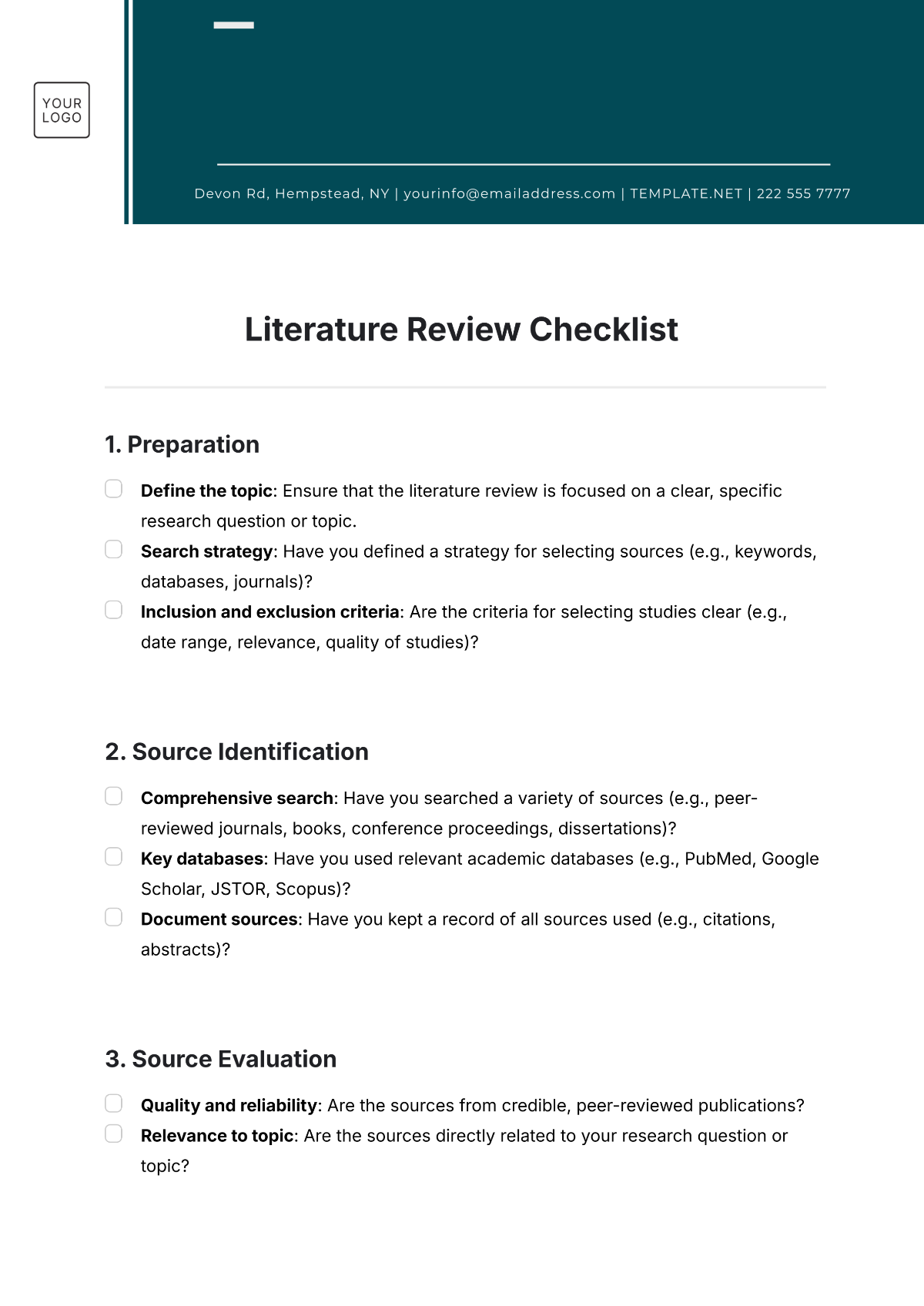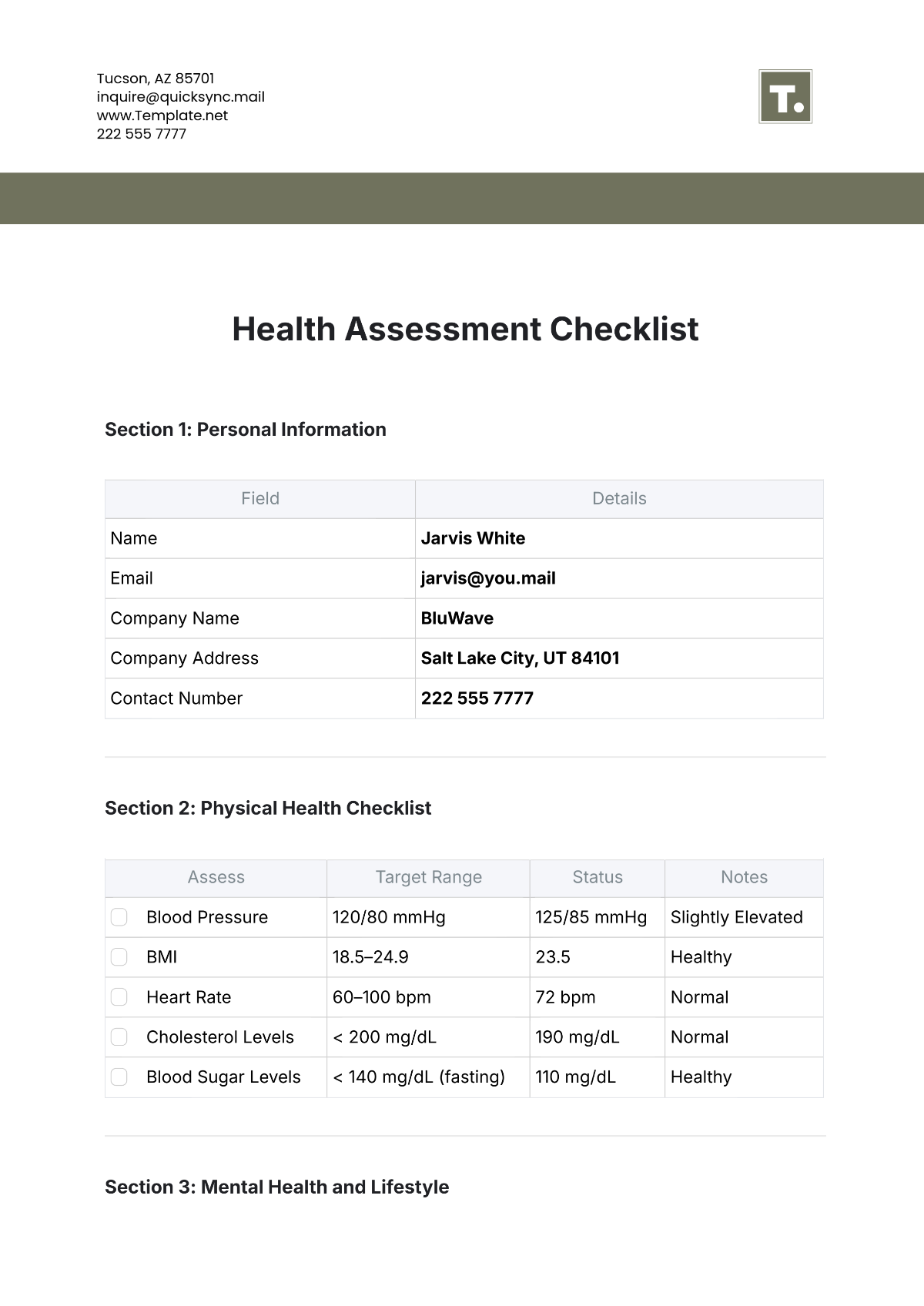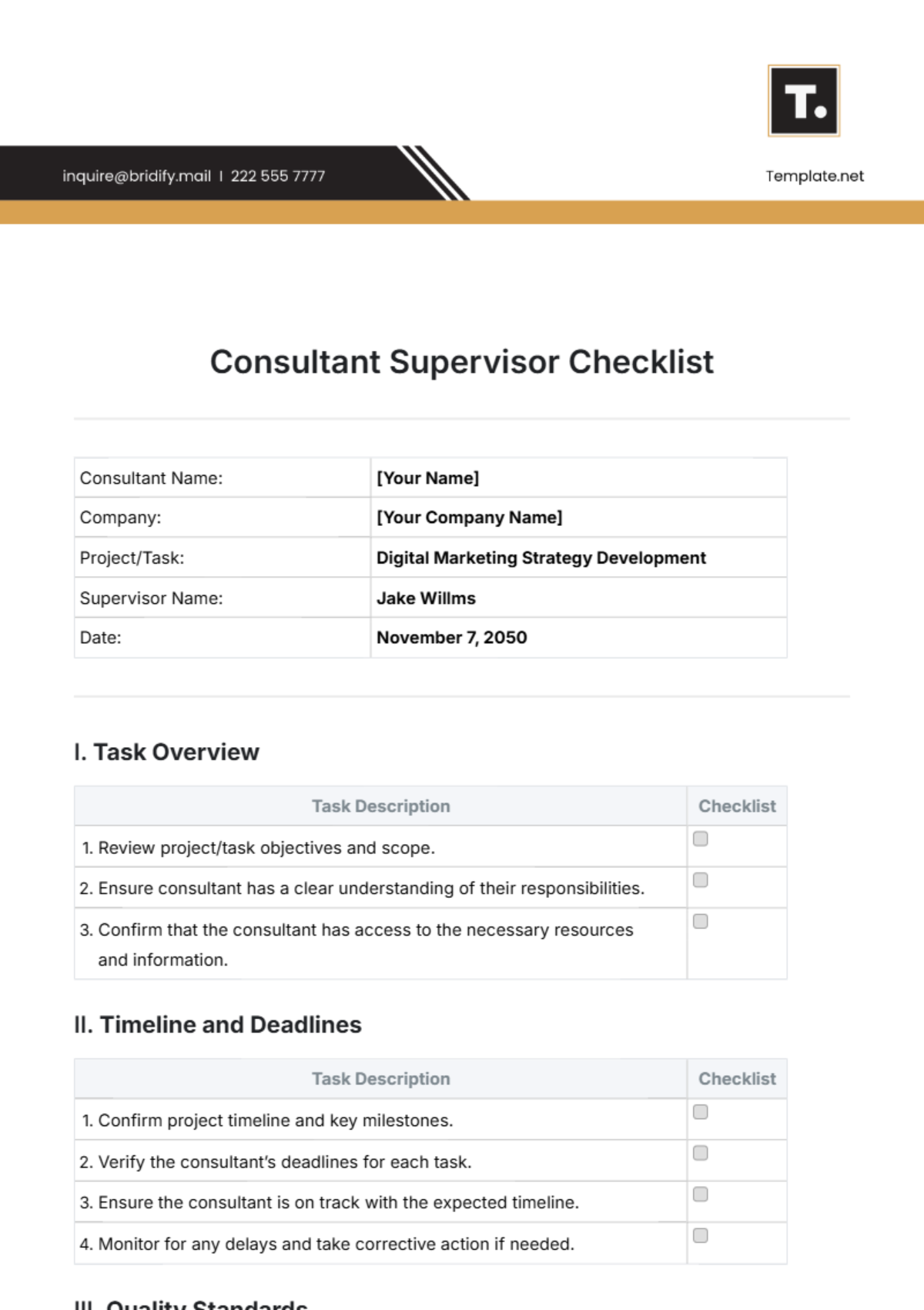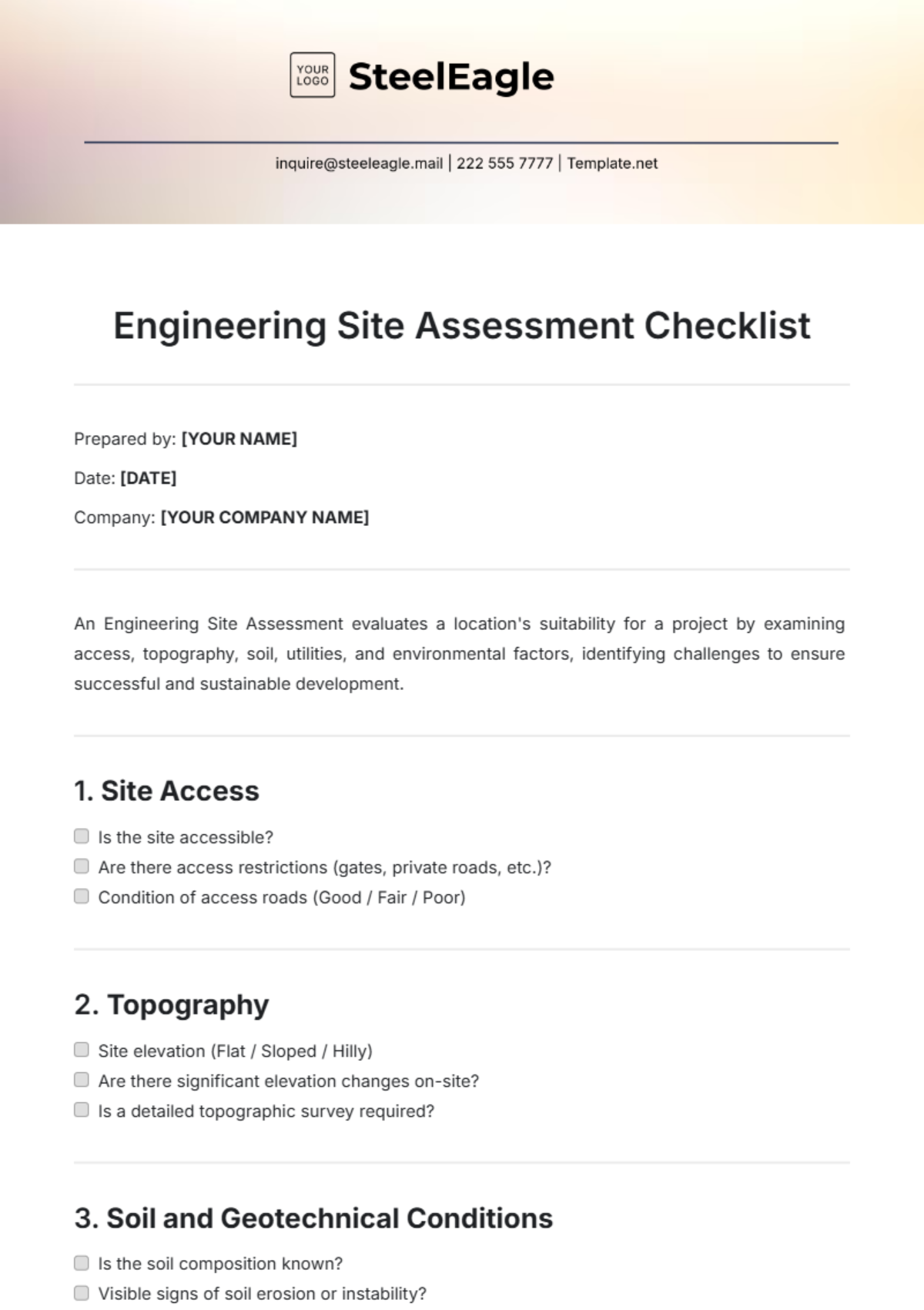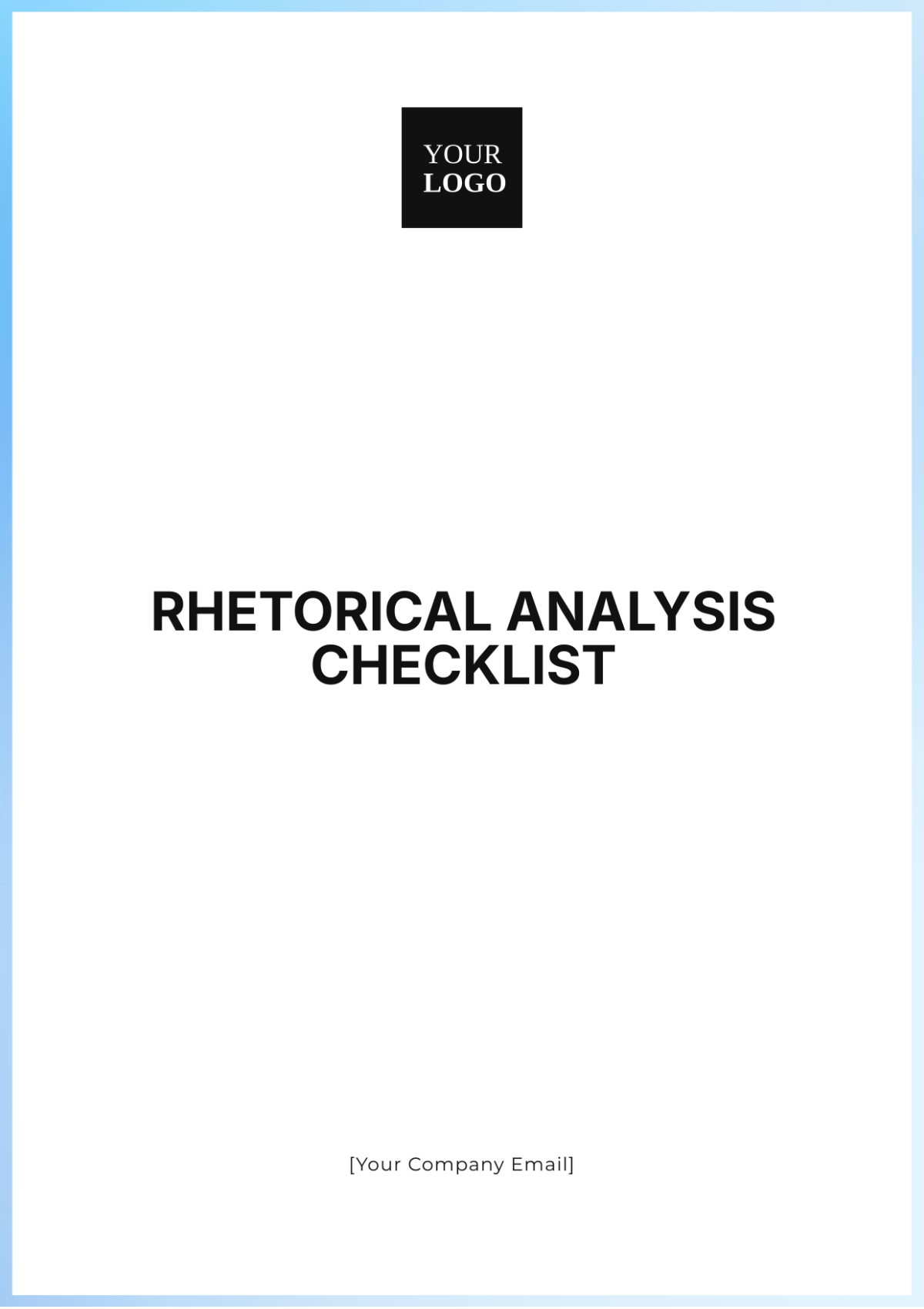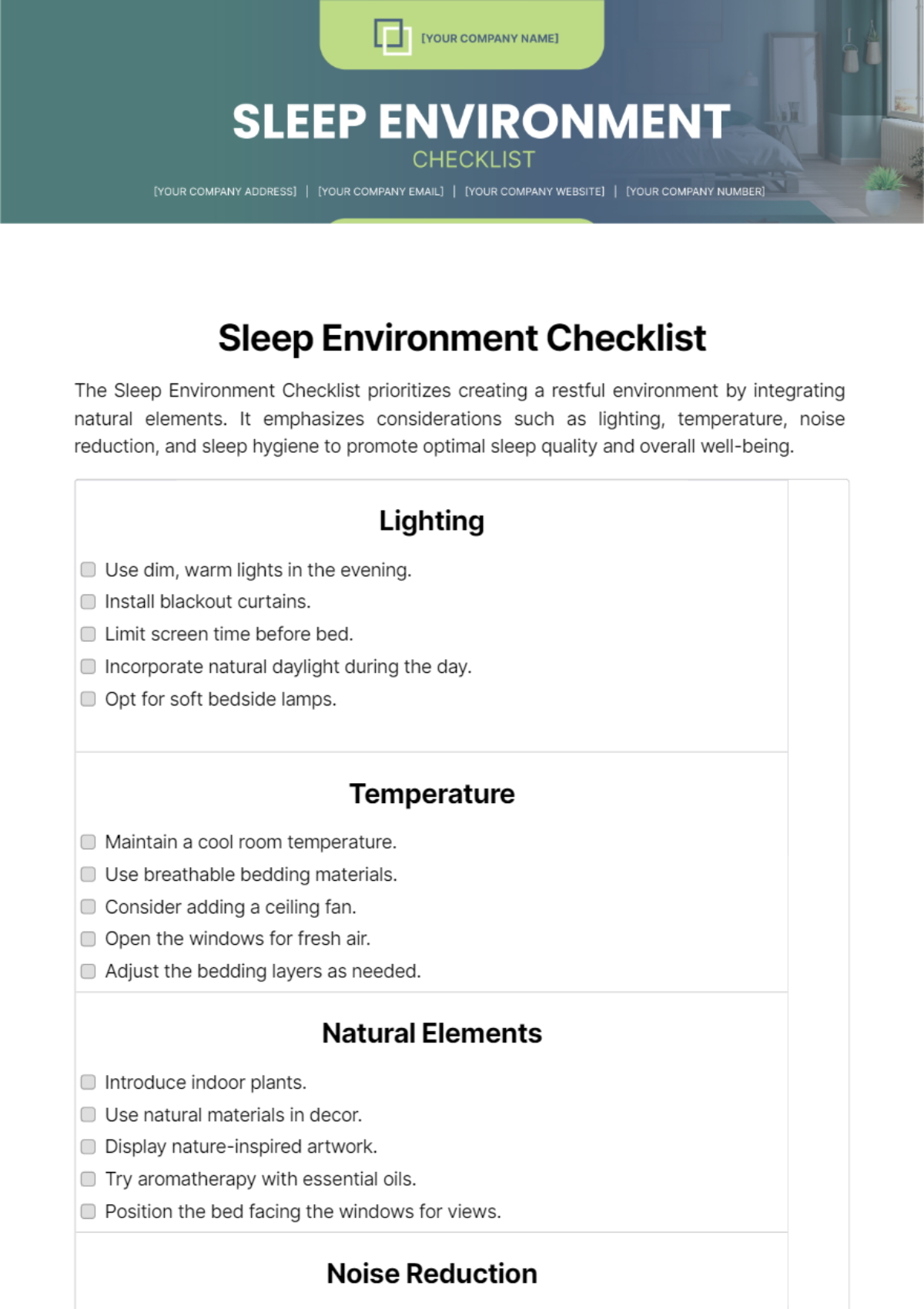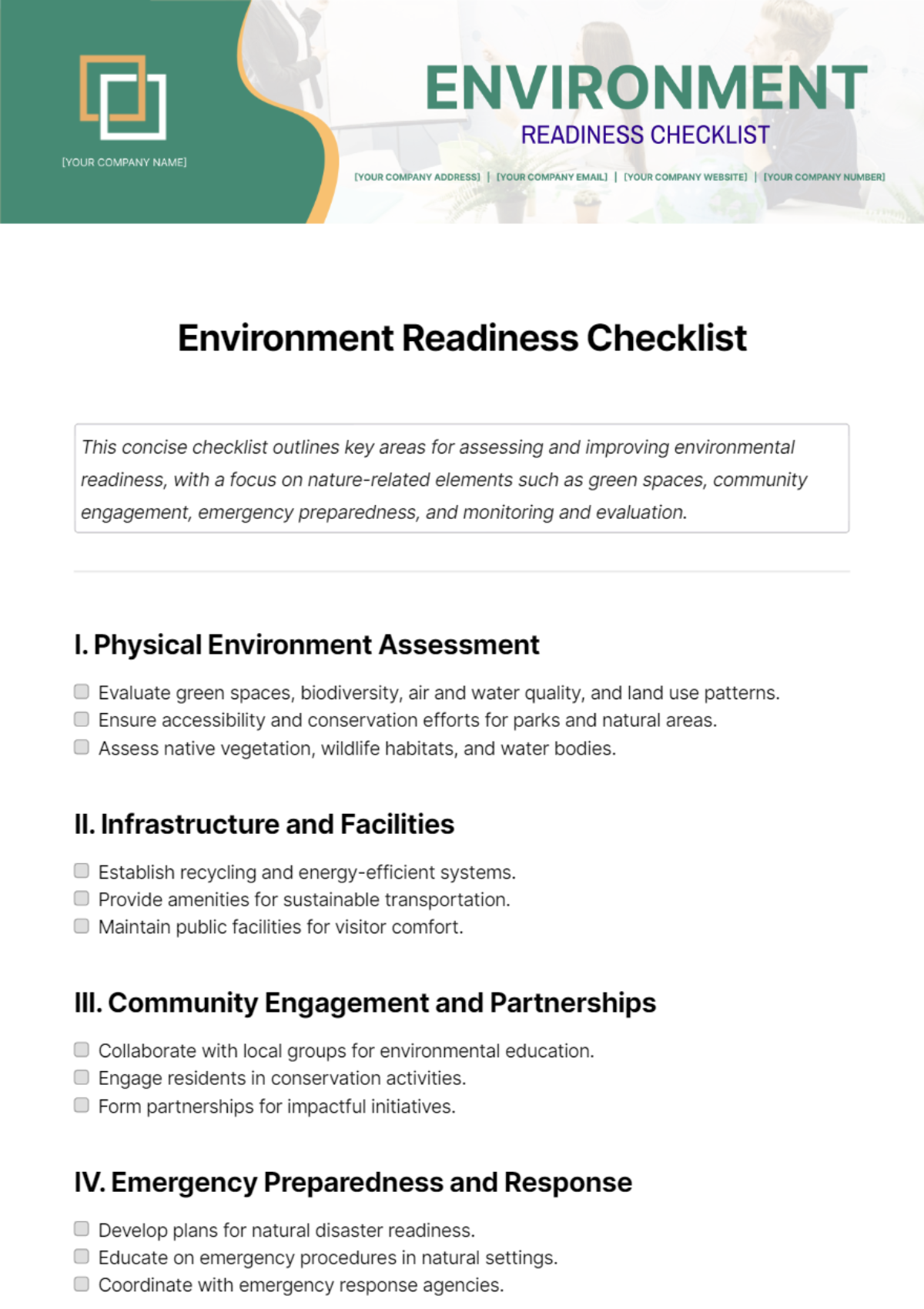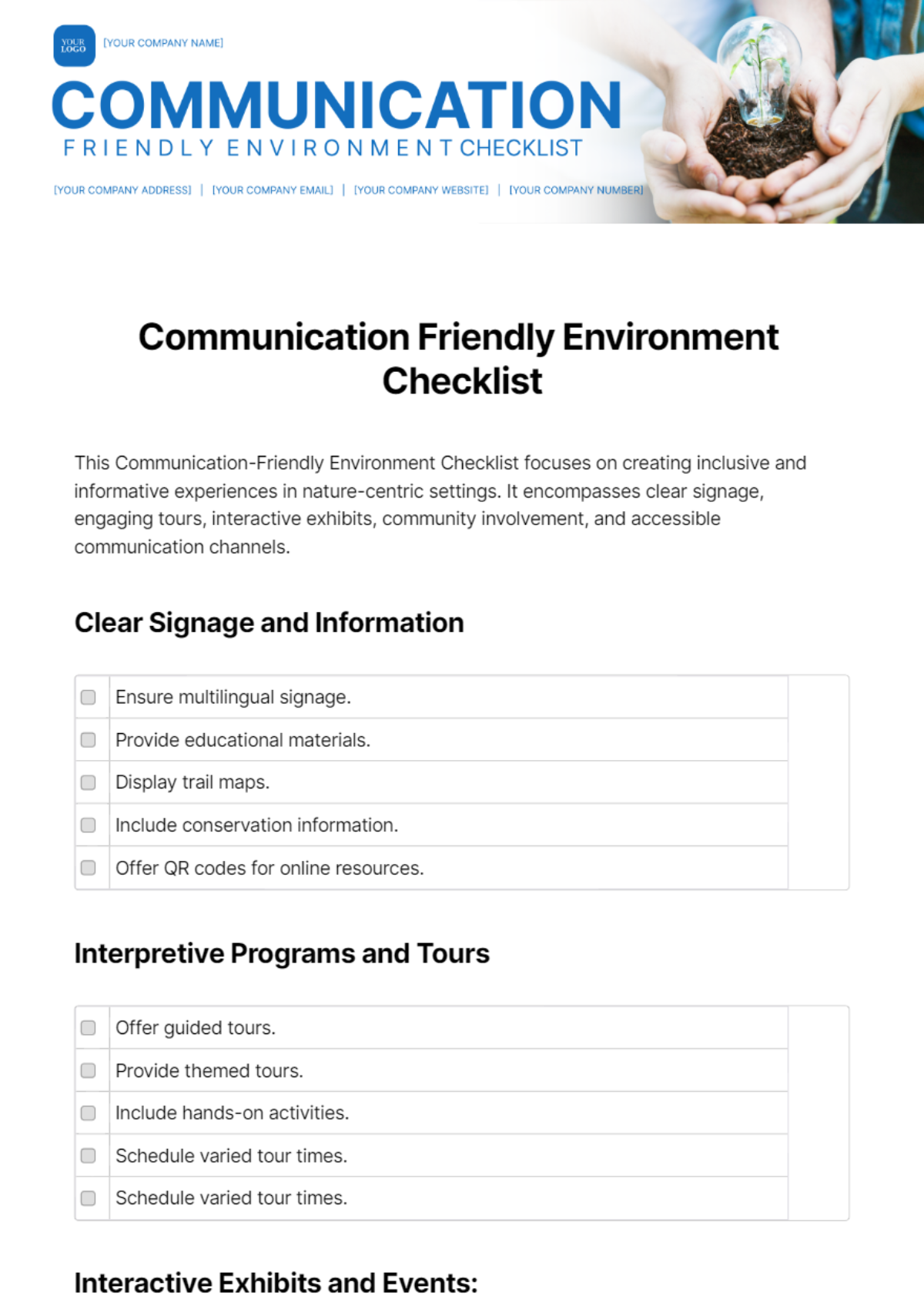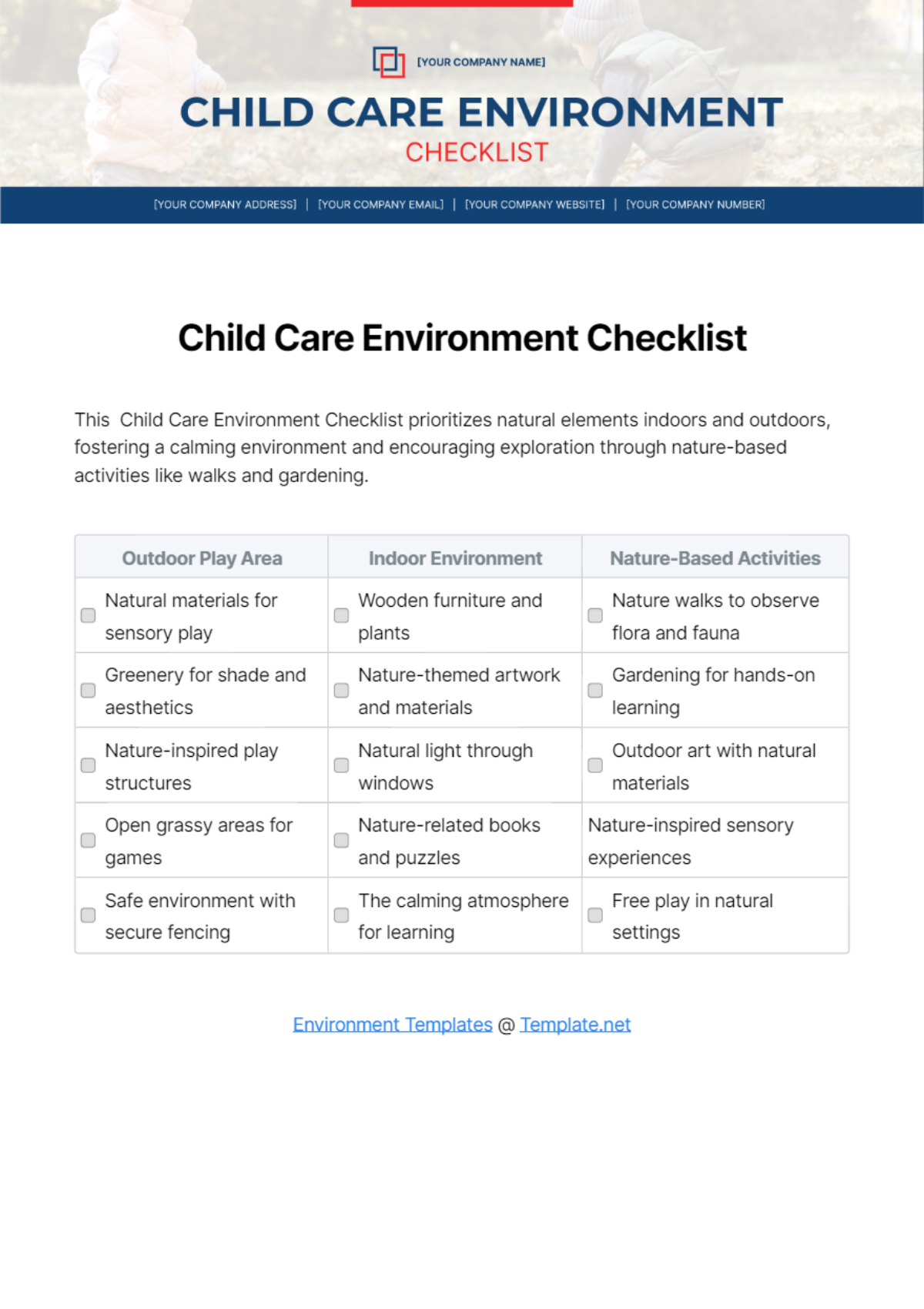Rhetorical Analysis Checklist
Context and Purpose
Purpose: The speech advocates for racial equality and civil rights, emphasizing the urgent need for social justice and the elimination of segregation and discrimination.
Intended Audience: The speech was delivered to a diverse audience at the March on Washington for Jobs and Freedom, including civil rights supporters, politicians, and the general public.
Historical/Social Context: Delivered during the height of the Civil Rights Movement, the speech addresses pervasive racial inequality and seeks to inspire change and mobilize action against segregation and discrimination.
Audience and Appeals
Ethos (Credibility):
Author’s Qualifications: The speaker was a prominent civil rights leader and clergyman known for advocating nonviolent resistance and moral leadership.
Trustworthiness: Credibility is built through a role as a respected leader in the Civil Rights Movement and a history of peaceful activism and moral authority.
Pathos (Emotional Appeal):
Emotions Targeted: The speech evokes emotions such as hope, frustration, and urgency. It aims to inspire empathy and a sense of collective responsibility among the audience.
Emotional Techniques: Powerful imagery, personal anecdotes, and evocative language are used to connect emotionally with listeners, such as a vision of a racially integrated and harmonious society.
Logos (Logical Appeal):
Arguments and Evidence: Arguments for racial equality are supported by references to the Declaration of Independence and the Constitution, citing these foundational documents to bolster the call for civil rights.
Reasoning: Historical and legal references are used to argue that the American promise of freedom and equality has been denied to African Americans, making a logical case for addressing these injustices.
Text Structure and Organization
Introduction:
Opening Statement: The speech opens by referencing the Emancipation Proclamation, highlighting its significance and underscoring the ongoing struggle for freedom.
Thesis Statement: The main argument is that America has not lived up to its promises of freedom and equality, and it is imperative to address this failure to achieve true justice.
Body:
Main Points: The speech discusses the failure to fulfill the promise of racial equality, the need for civil rights, and a vision of a future where people are judged by their character rather than their race.
Organization: The speech is organized by moving from a critique of the current state of racial injustice to a visionary call for a more just and inclusive society, culminating in a powerful and hopeful conclusion.
Conclusion:
Summary: The conclusion reinforces the vision of an integrated and equitable society, invoking a sense of hope and urgency for continued activism and change.
Final Impression: The conclusion leaves a lasting impression of optimism and a call to action, encouraging listeners to continue the fight for civil rights.
Language and Style
Tone:
Description: The tone is hopeful, urgent, and impassioned. The speaker balances a sense of moral seriousness with an optimistic vision for the future.
Diction:
Language Style: Formal, evocative language with rhetorical flourishes is employed to emphasize key points. The diction is carefully chosen to resonate with a broad audience.
Rhetorical Devices:
Devices Used: The speech features metaphors (e.g., "I have a dream"), repetition (e.g., “I have a dream,” “Let freedom ring”), and allusions to historical and religious texts.
Effectiveness: These devices enhance the speech's emotional appeal and memorability, reinforcing its central messages and making it a powerful and influential address.
Effectiveness
Persuasiveness:
Assessment: The speech is highly effective in persuading the audience of the need for civil rights reform, mobilizing support, and influencing public opinion.
Impact on Audience: It successfully motivates and inspires action, contributing significantly to the civil rights movement and shaping the discourse on racial equality.
Clarity:
Coherence: The speech is clear and well-structured, with a coherent progression from outlining problems to presenting a hopeful vision and a call to action.
Engagement:
Reader Engagement: The speech is engaging and impactful, effectively capturing the audience’s attention through its powerful rhetoric and universal themes of justice and equality.
Visual Elements
Images/Graphics:
Description: The speech itself did not include visual elements, but it is often accompanied by iconic images of the speaker delivering the speech and scenes from the March on Washington.
Effectiveness: These visual elements help contextualize the speech and enhance its historical significance, making the message more memorable and impactful.
Layout:
Organization: In written form, the speech is presented in a clear and formal layout, with distinct sections that highlight key themes and arguments.
Impact: The layout of the written text aids in understanding and emphasizing the speech's central points and emotional impact.
Checklist Summary
Section | Key Questions |
|---|---|
Introduction |
|
Rhetorical Appeals |
|
Language and Style |
|
Text Structure and Organization |
|
Conclusion |
|
Visual Elements |
|
